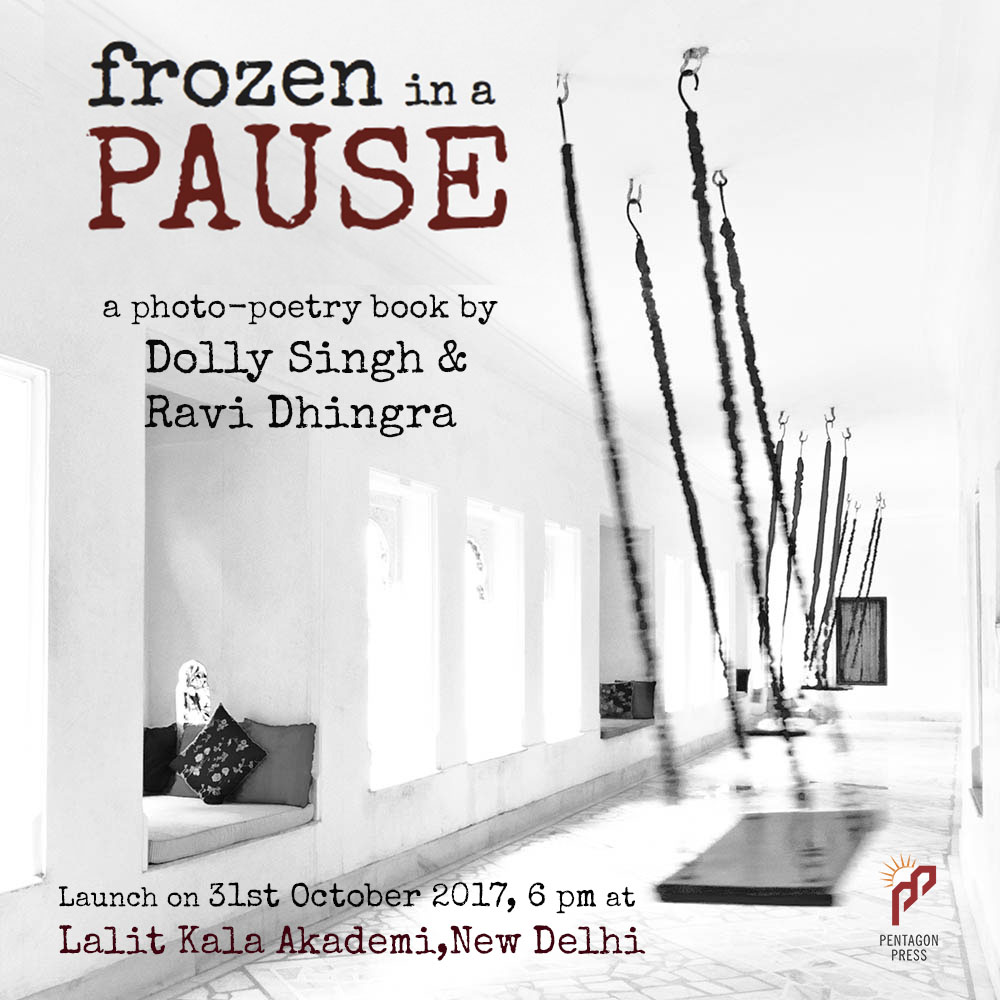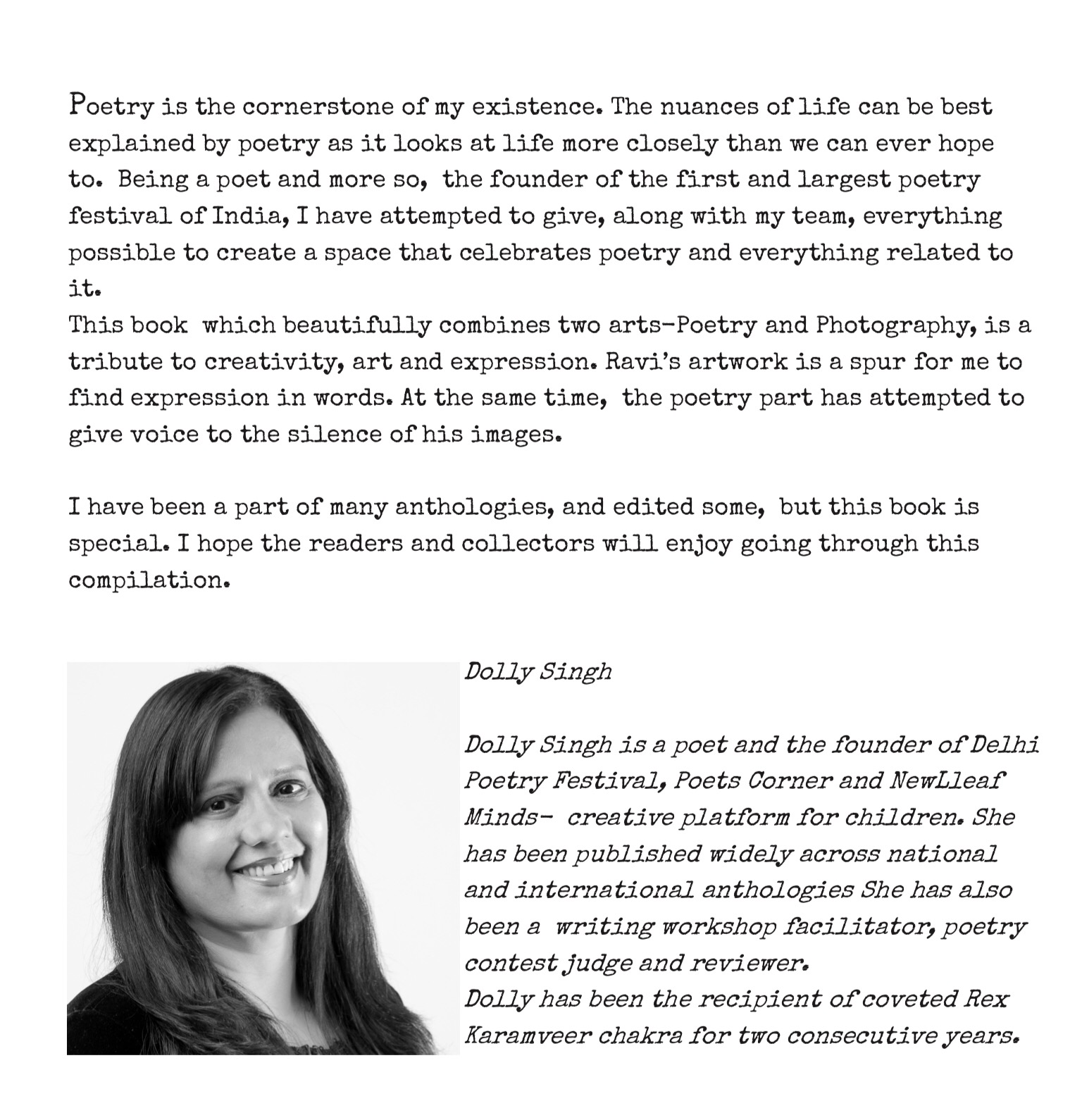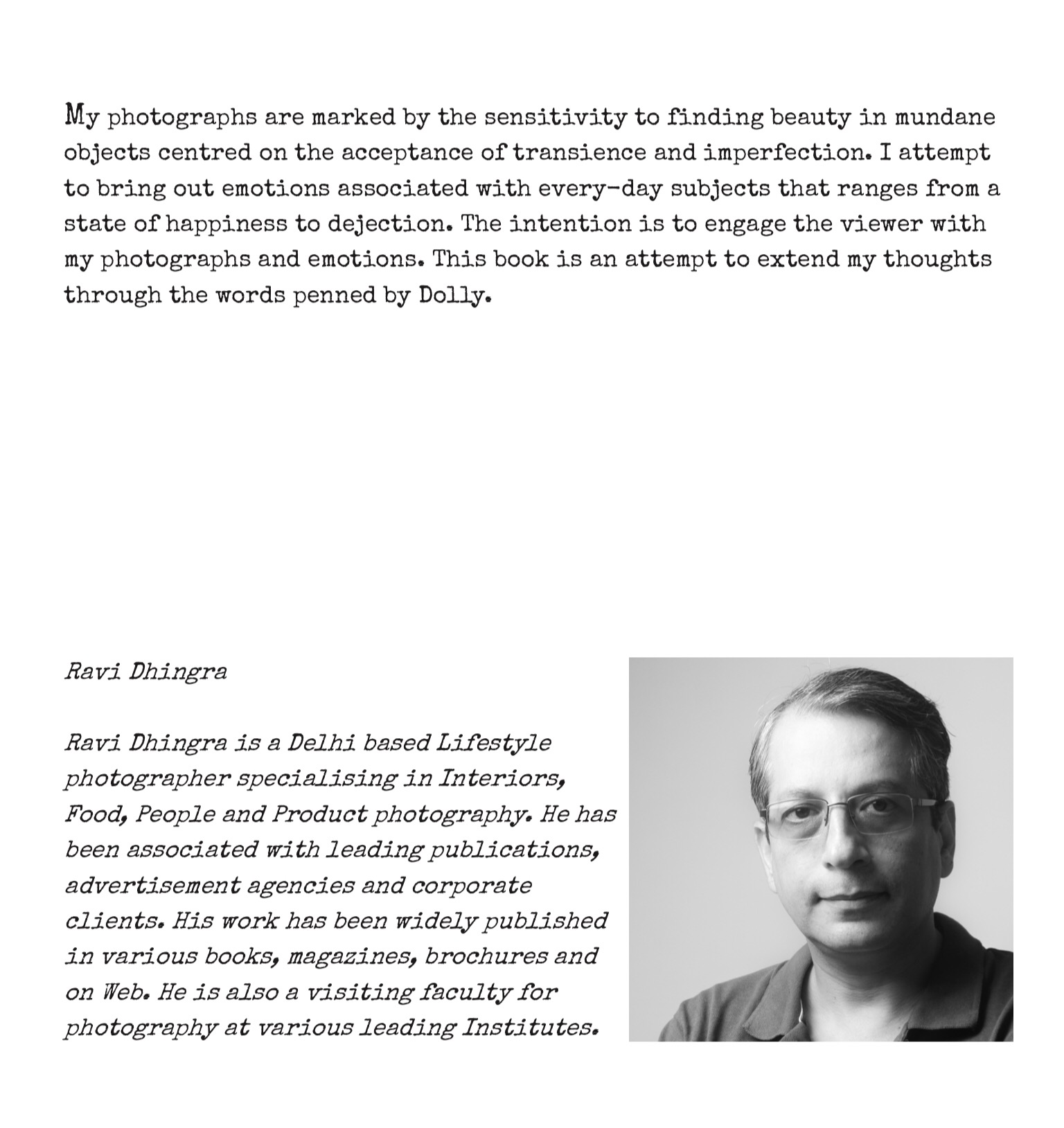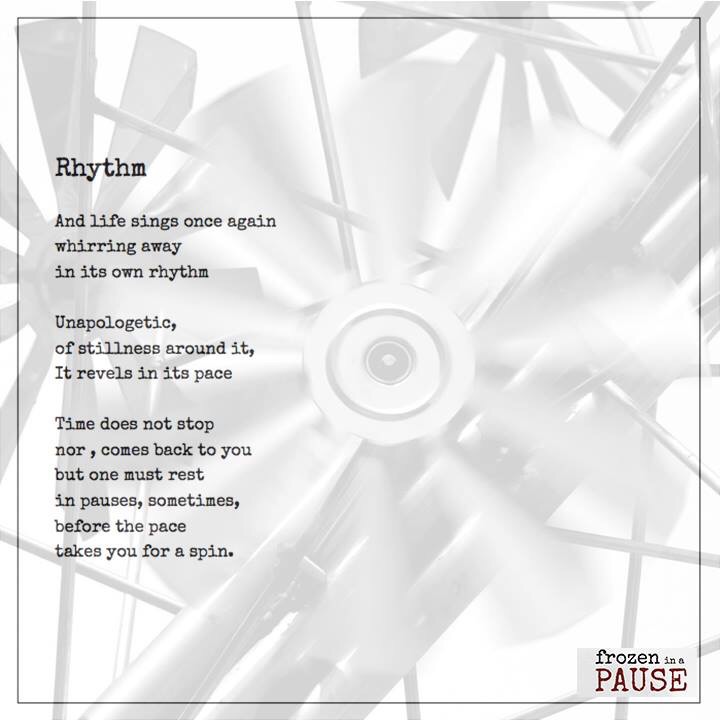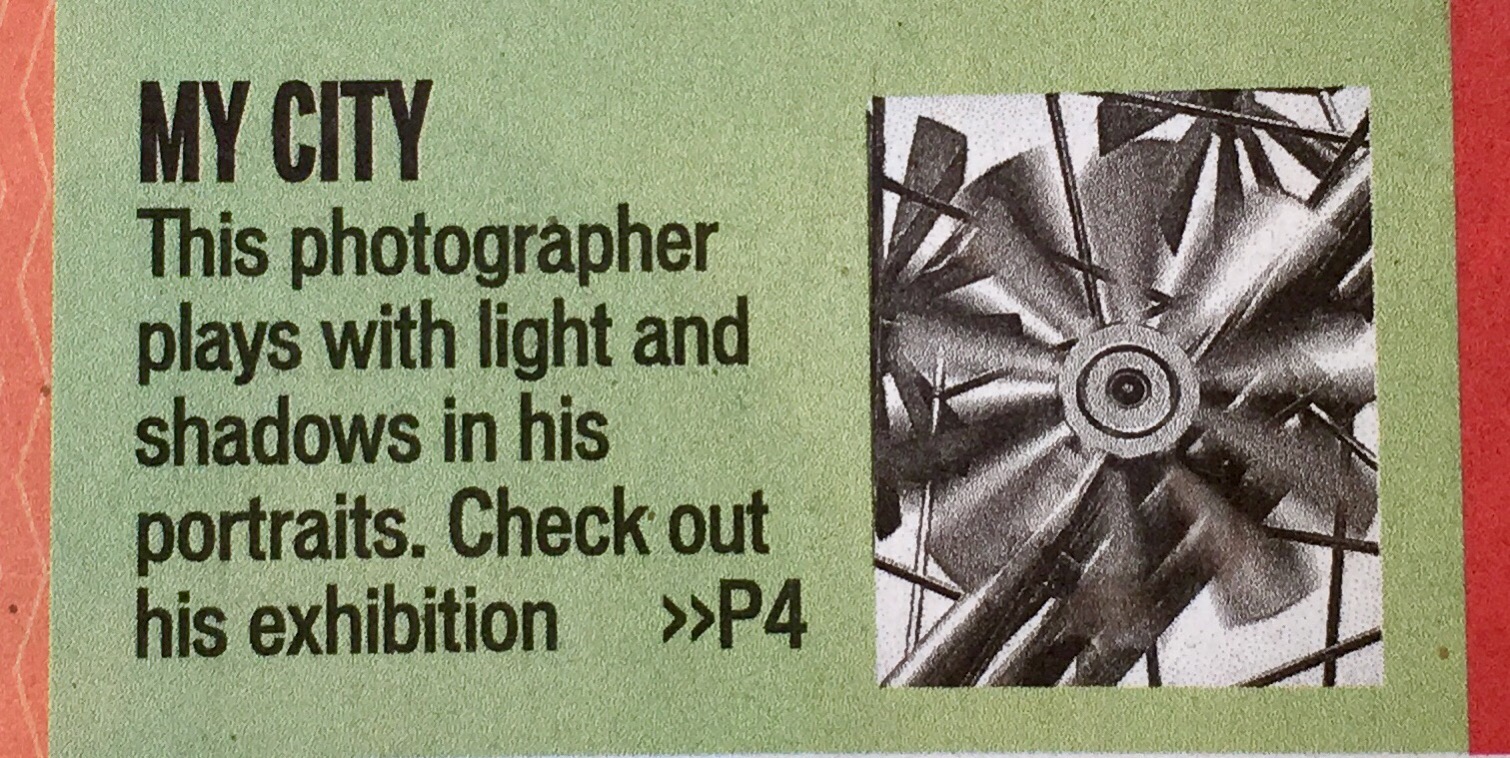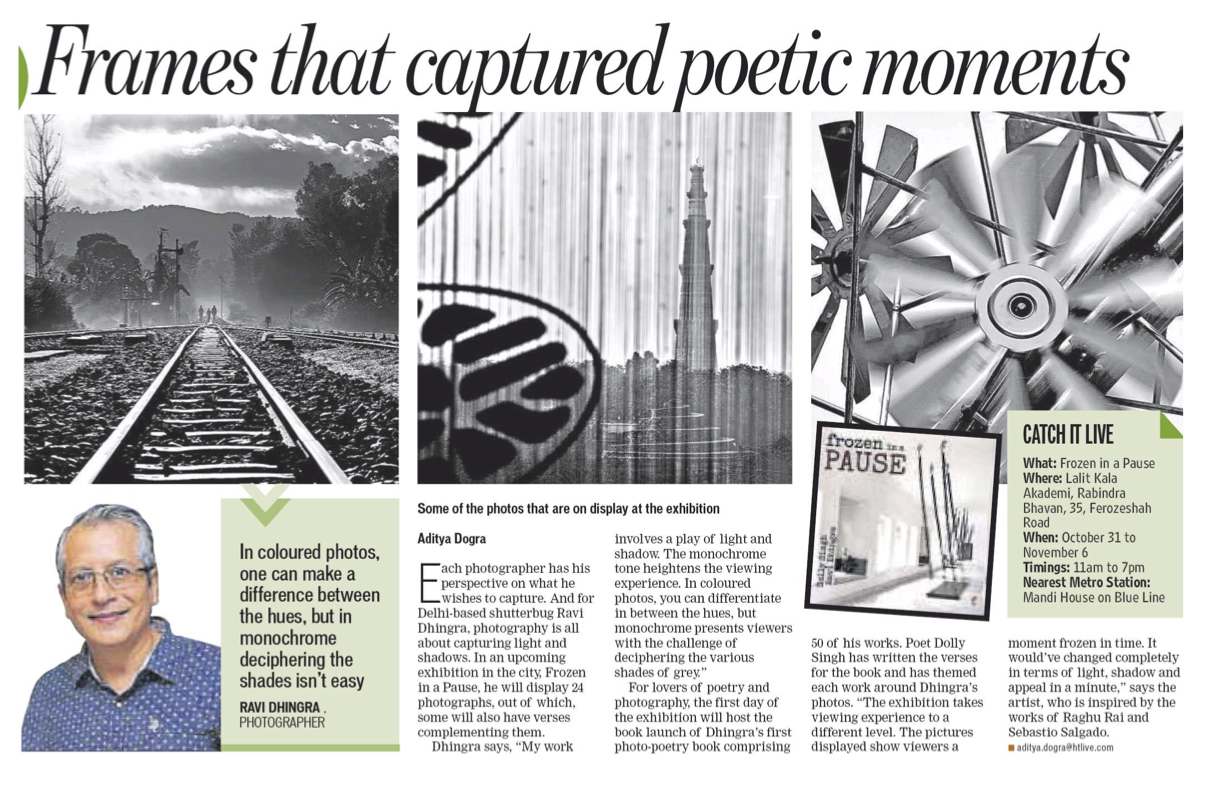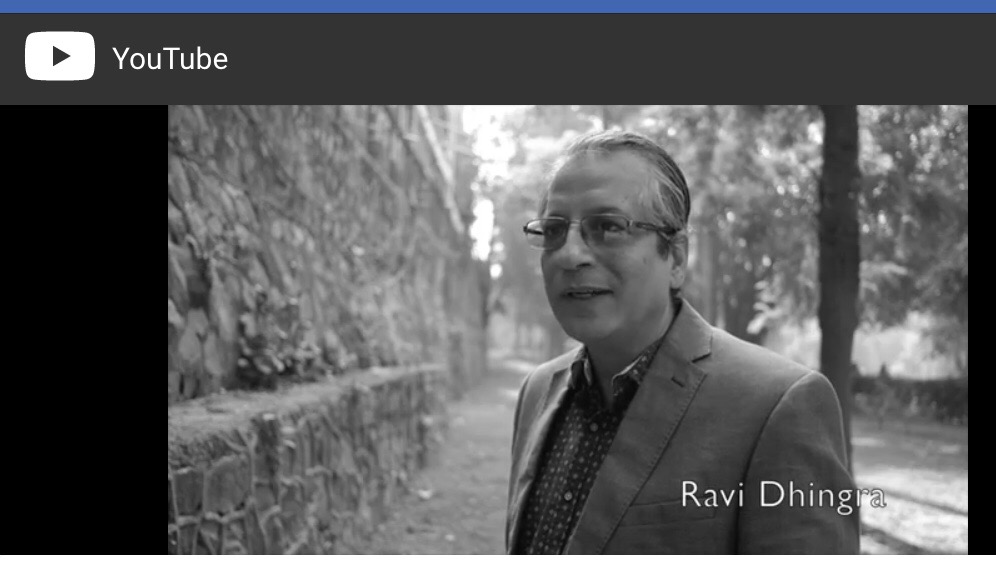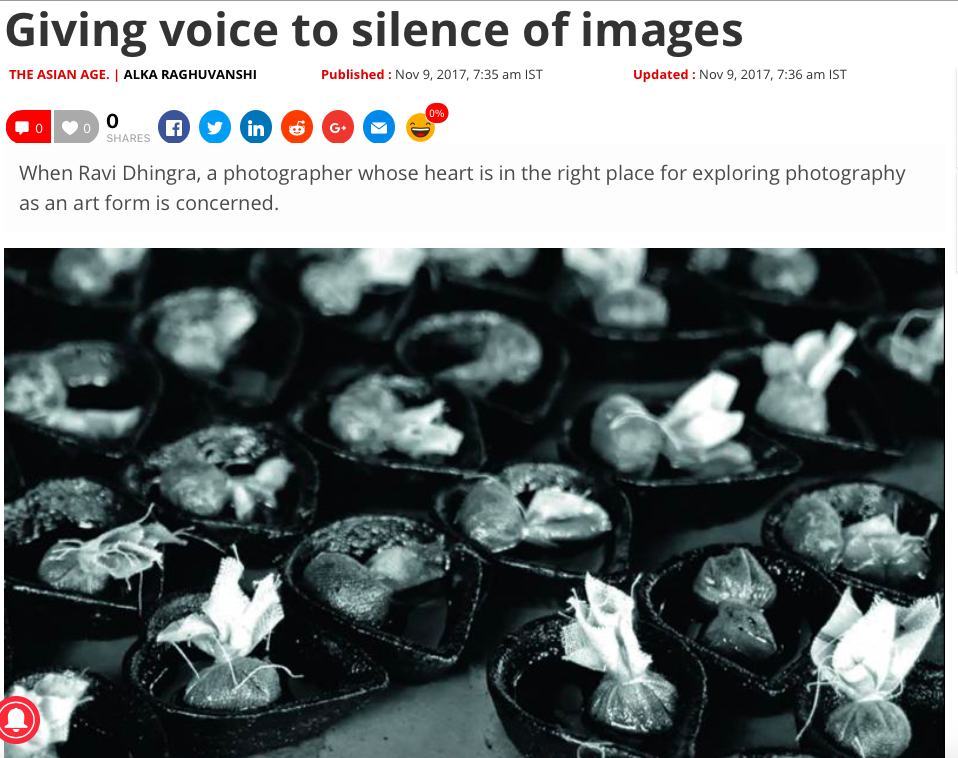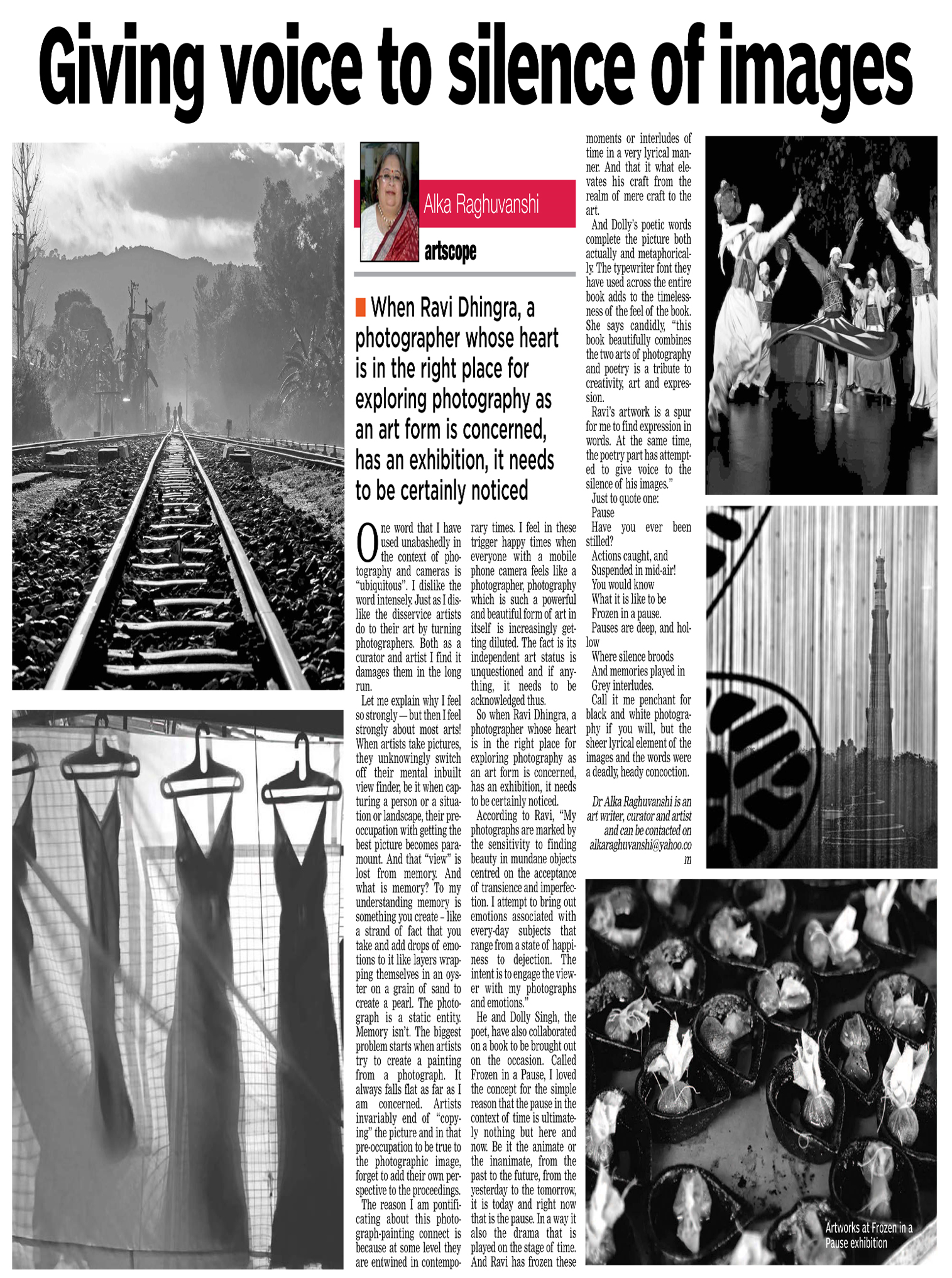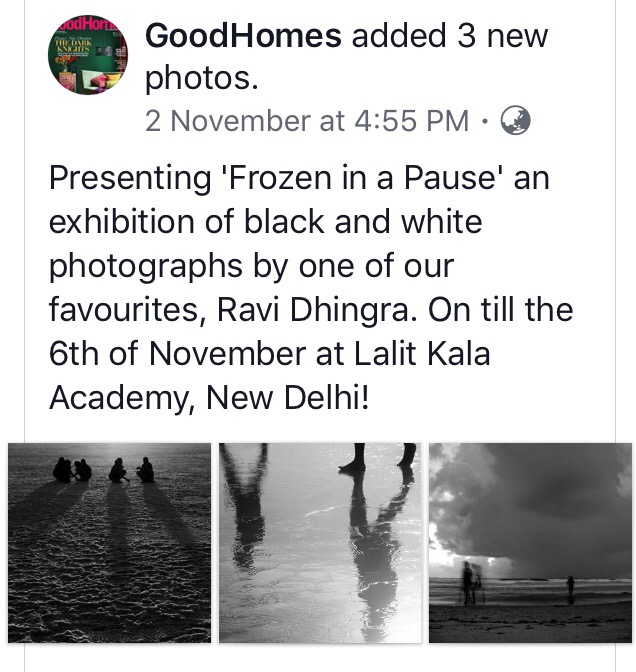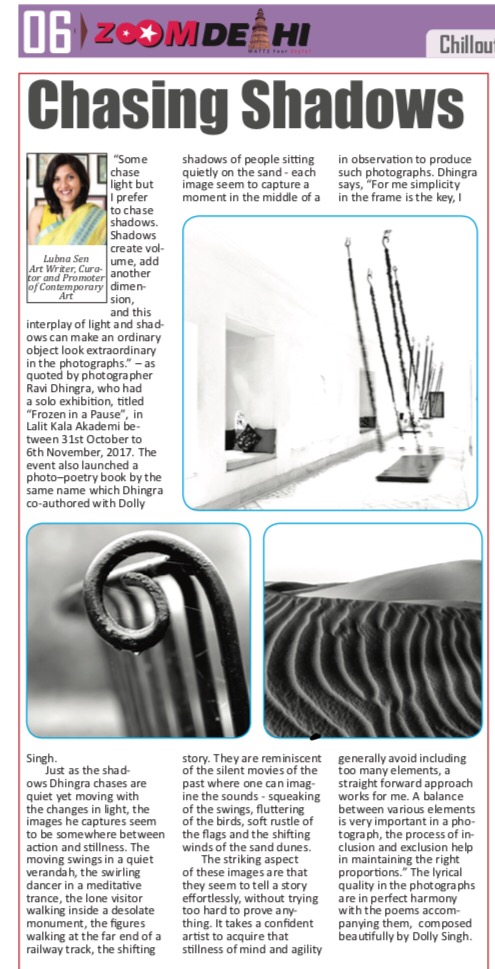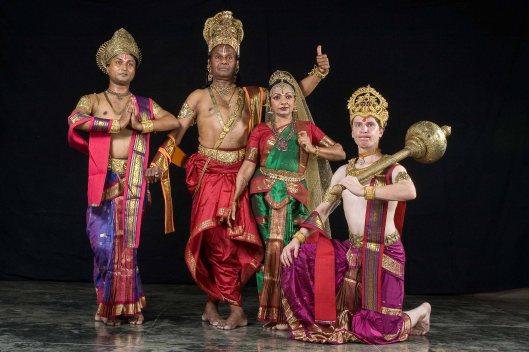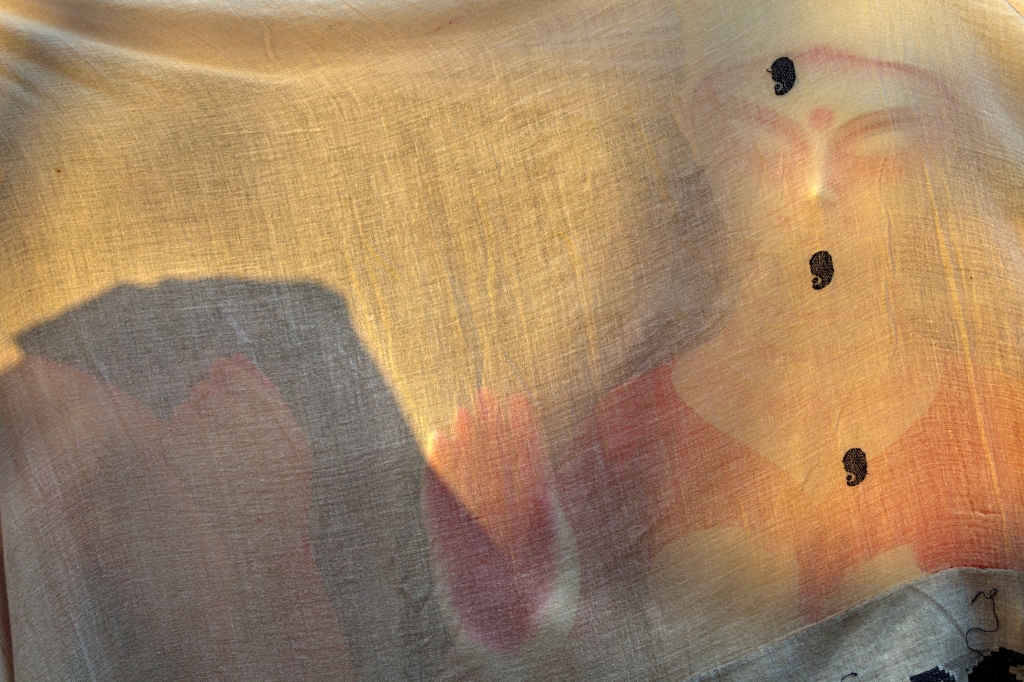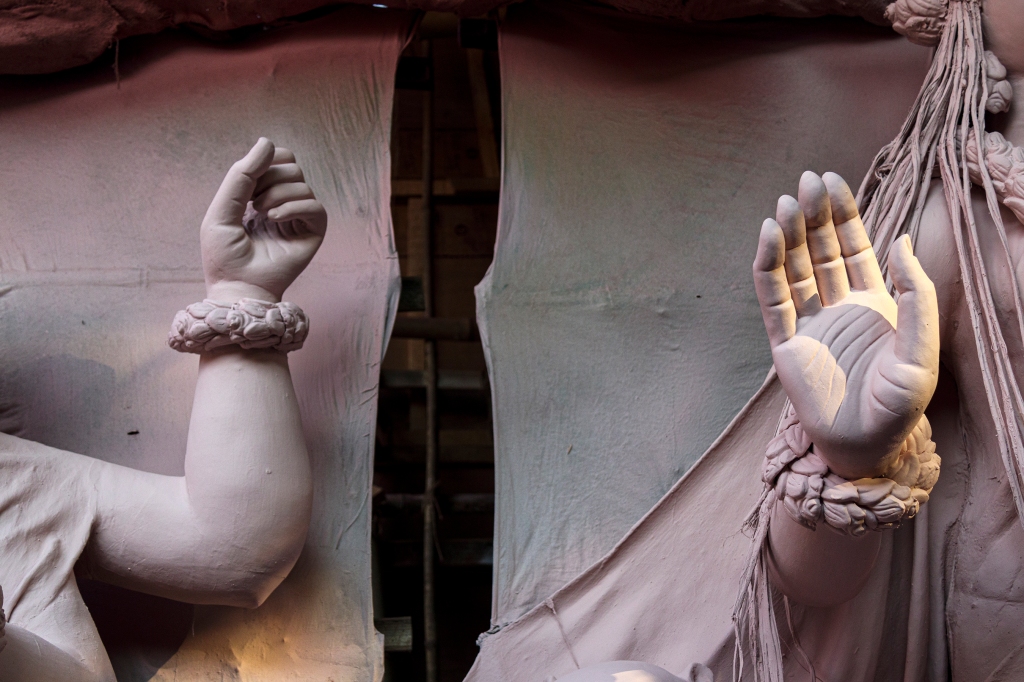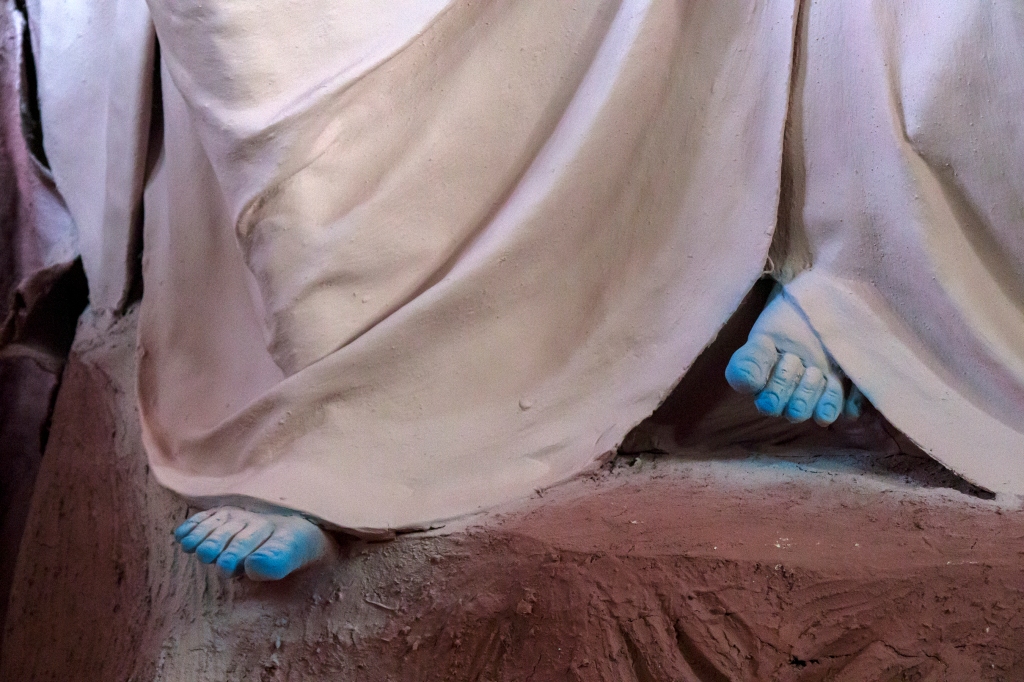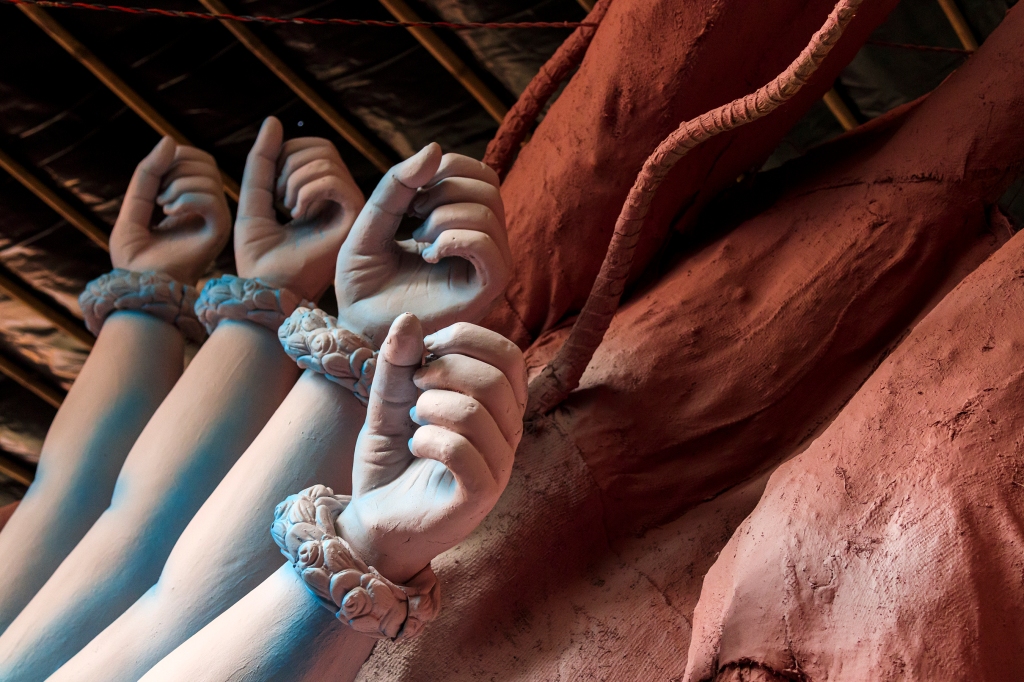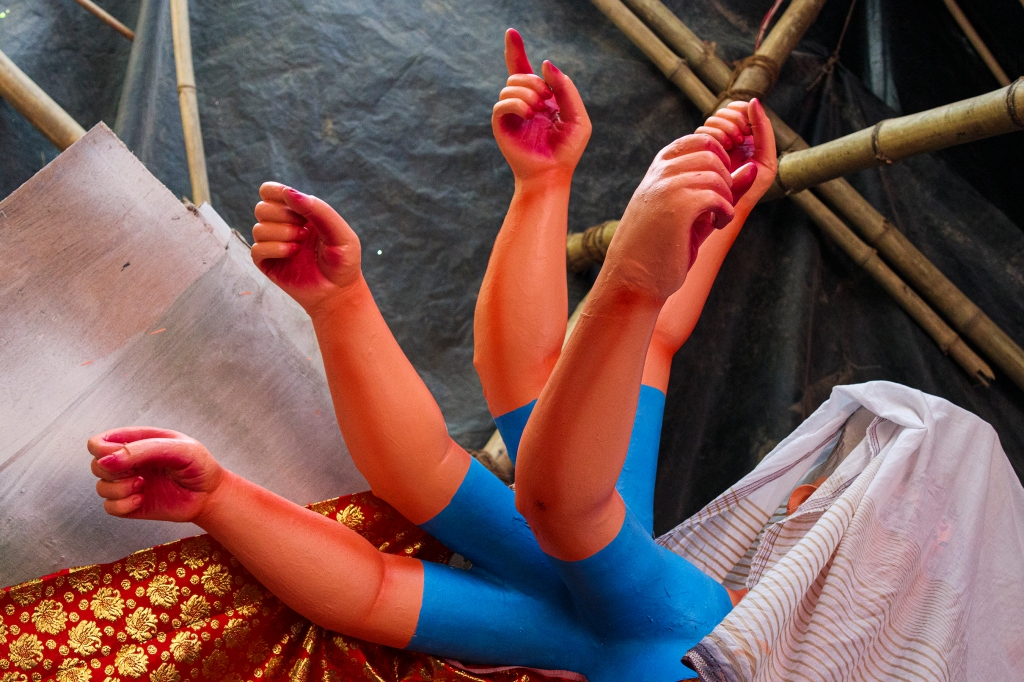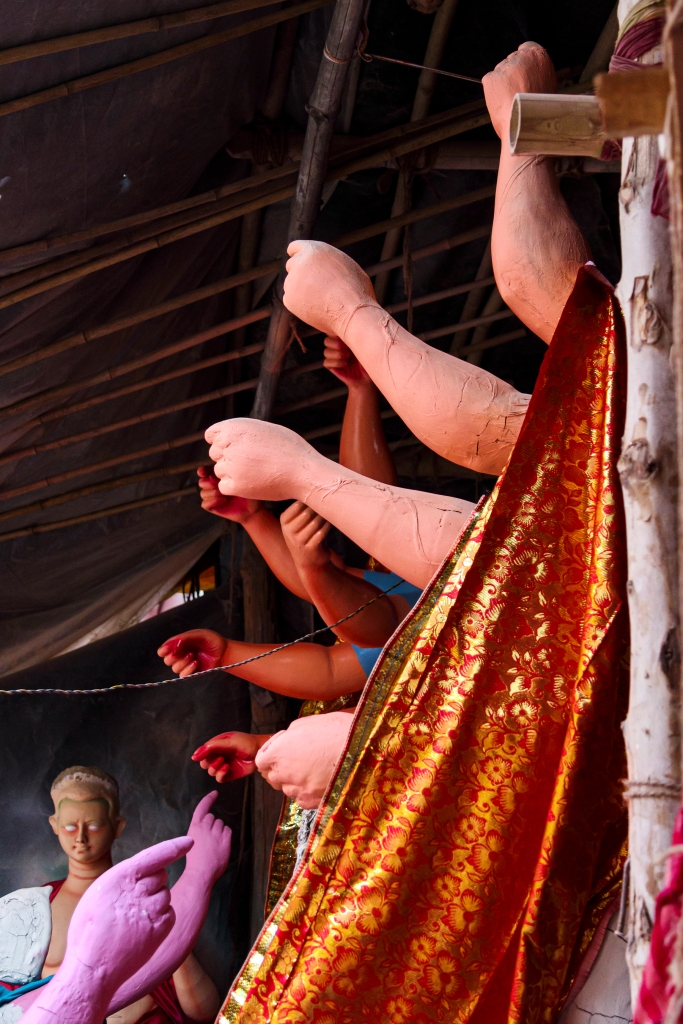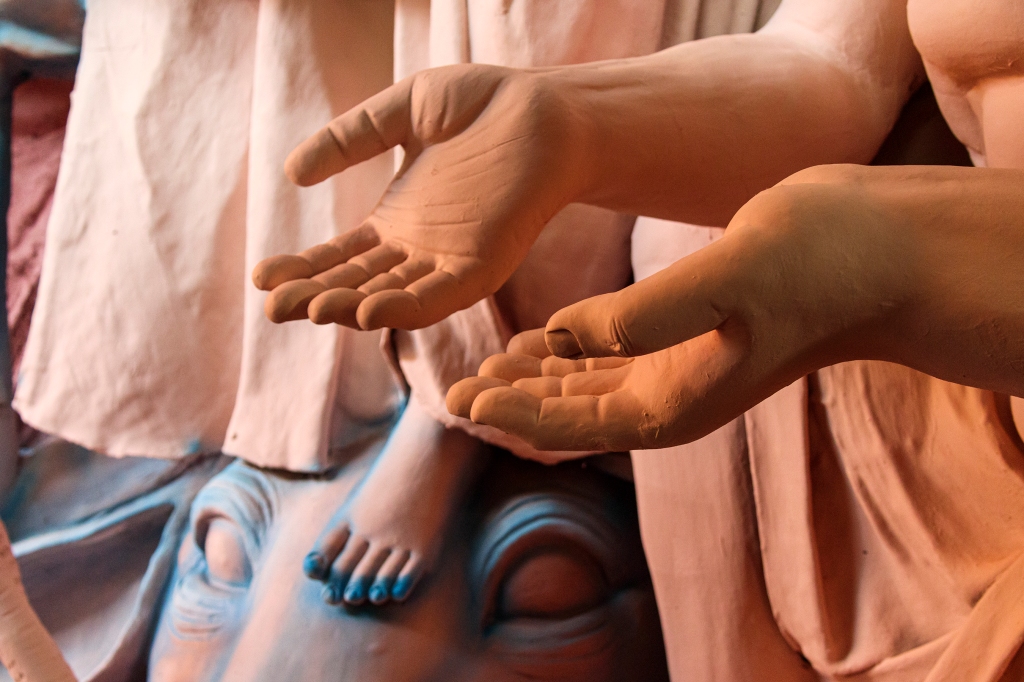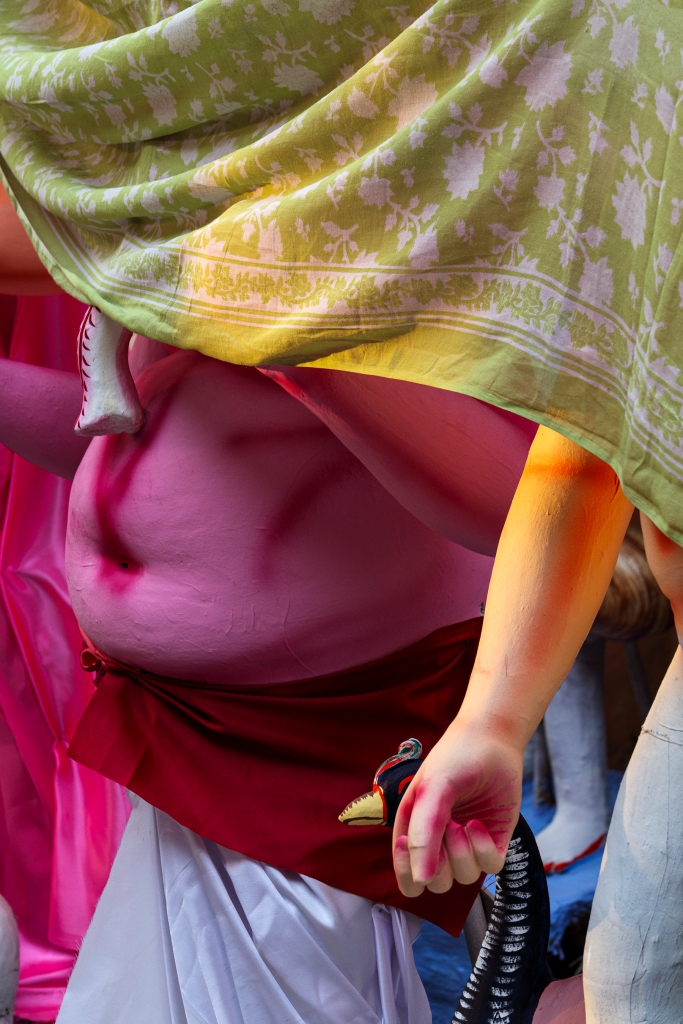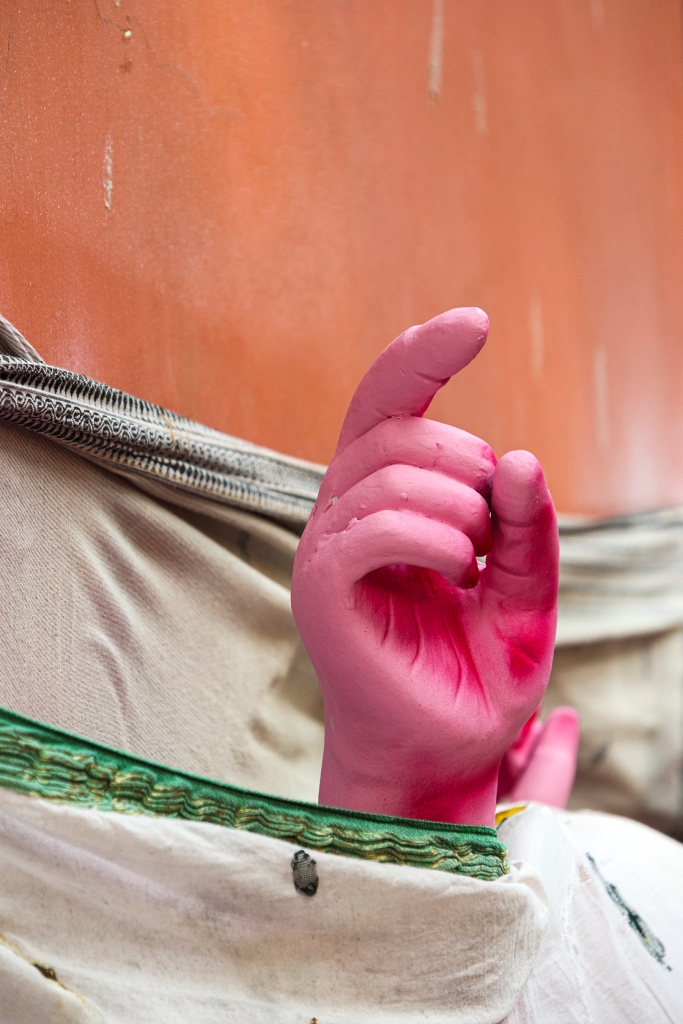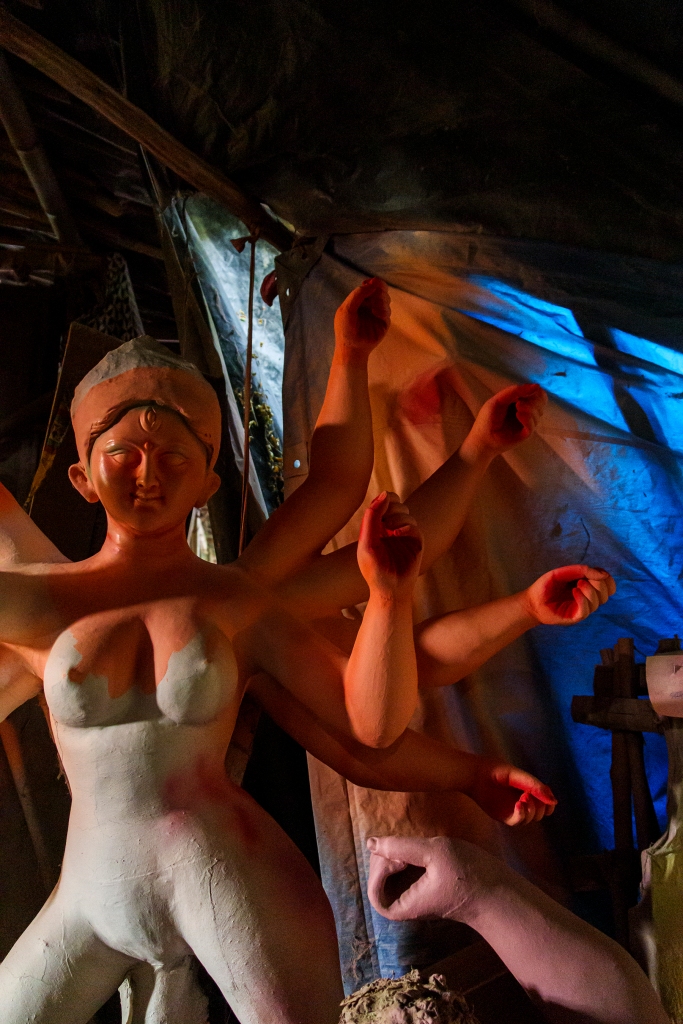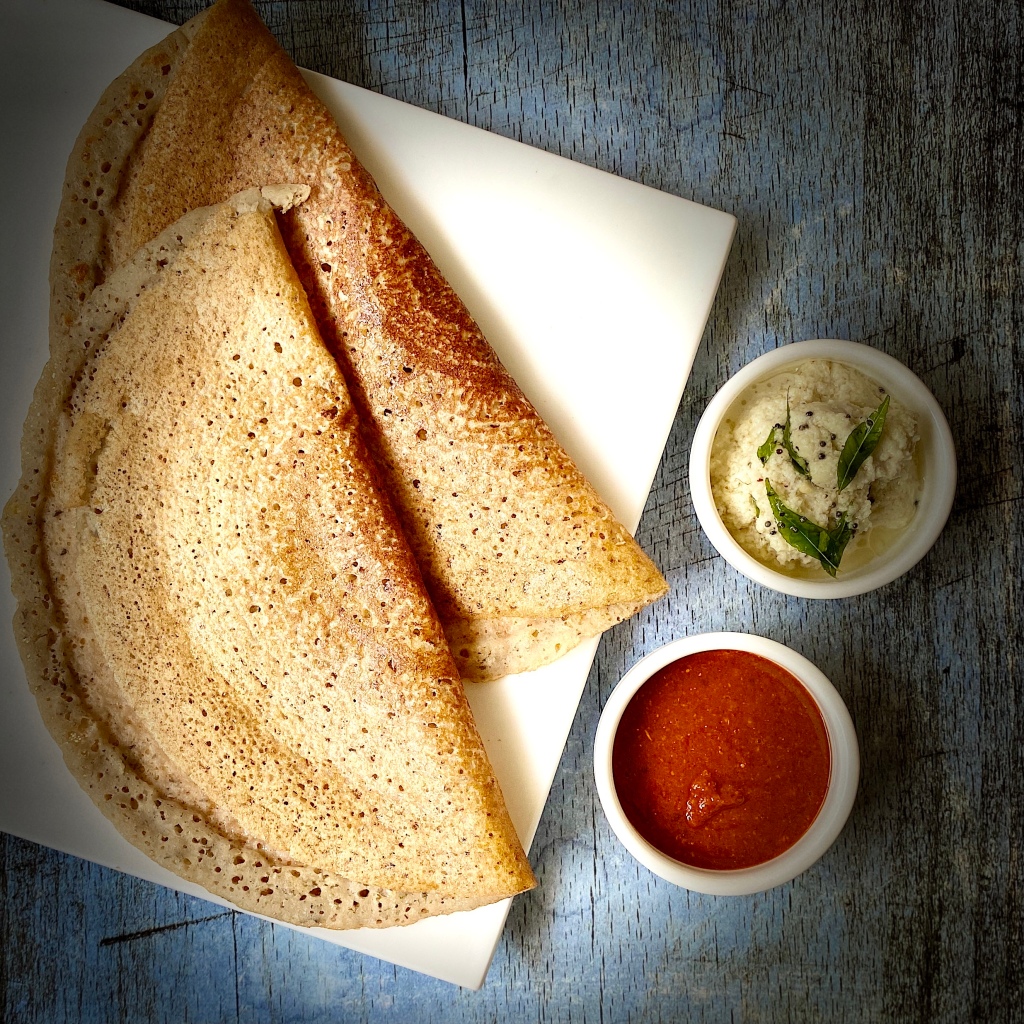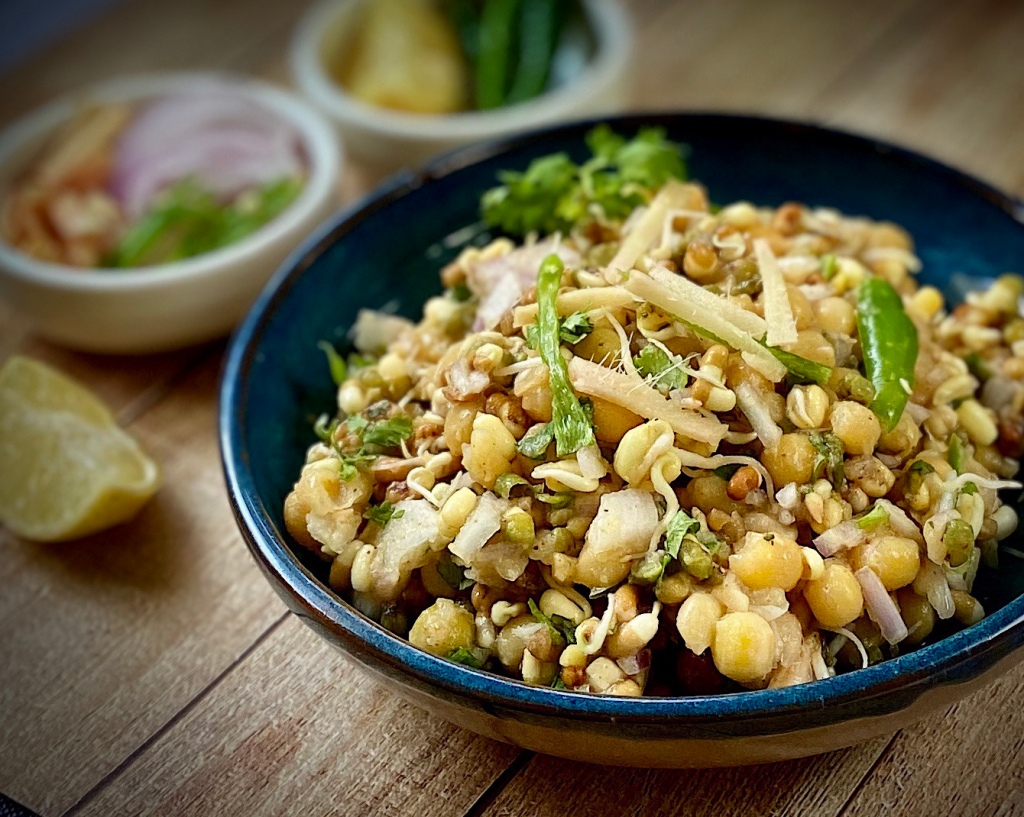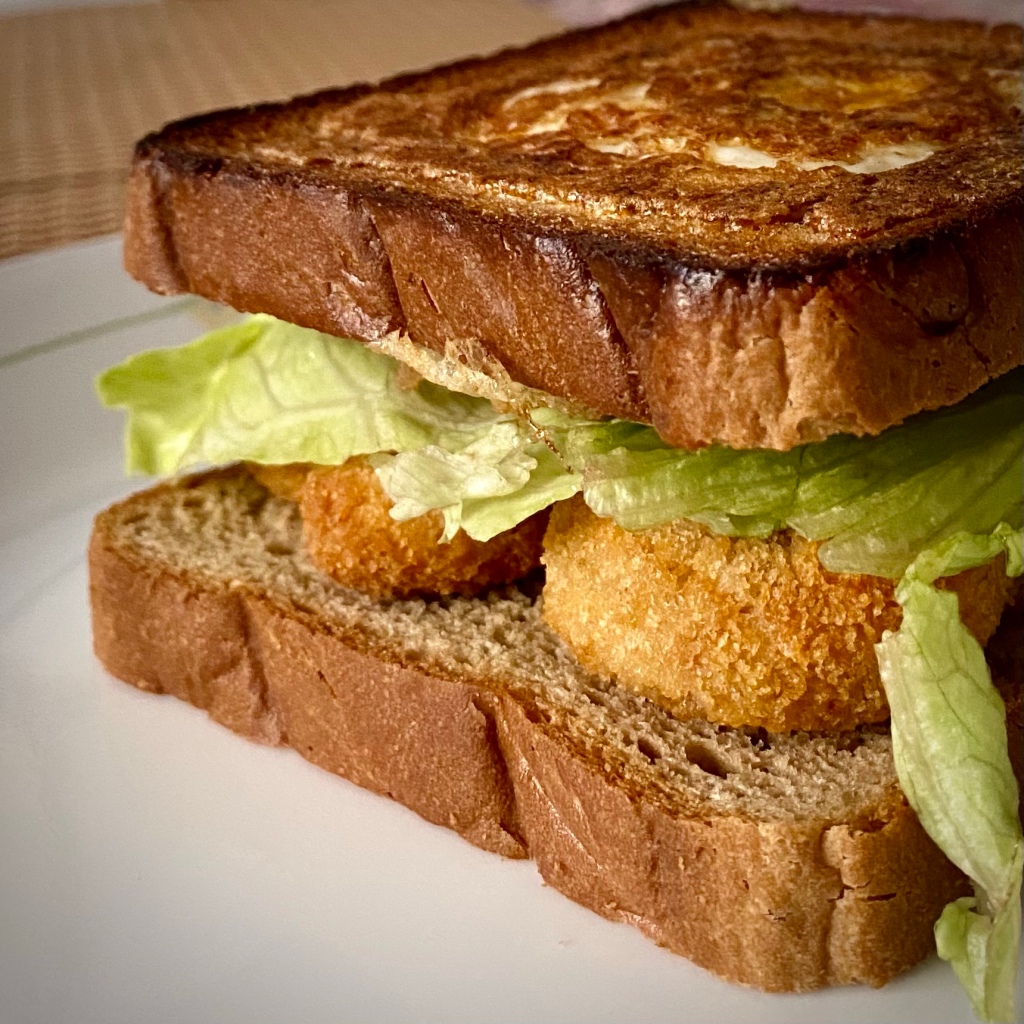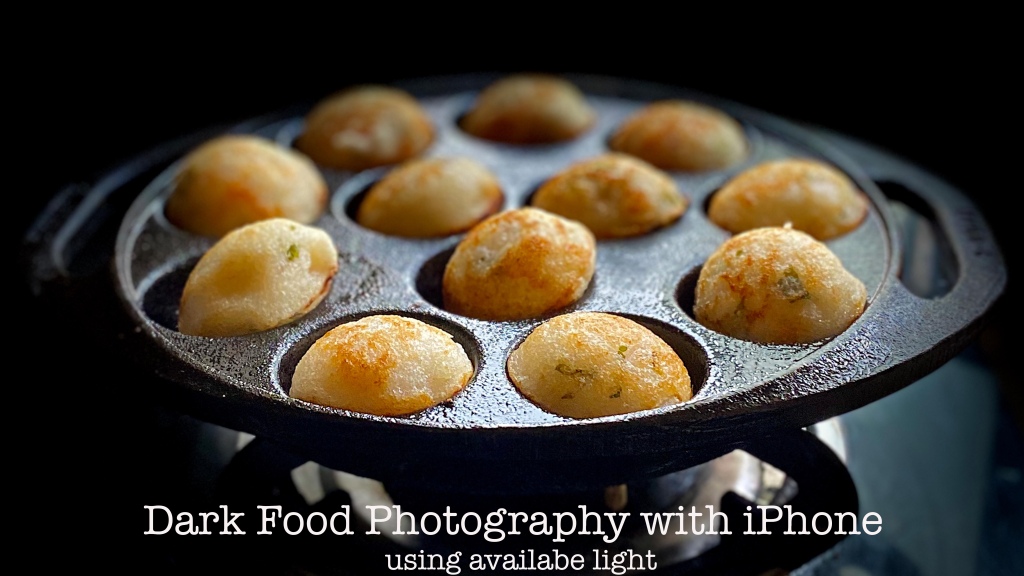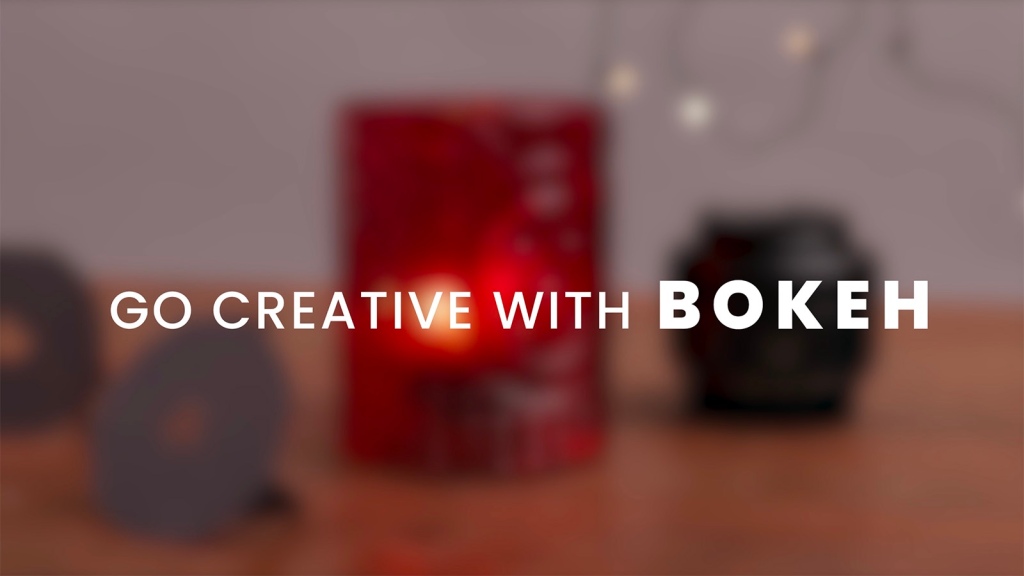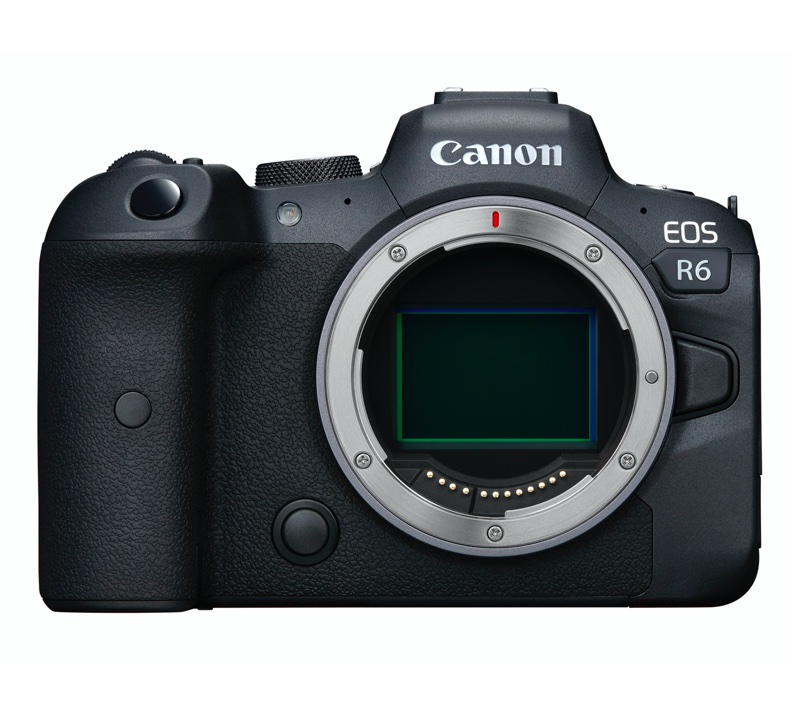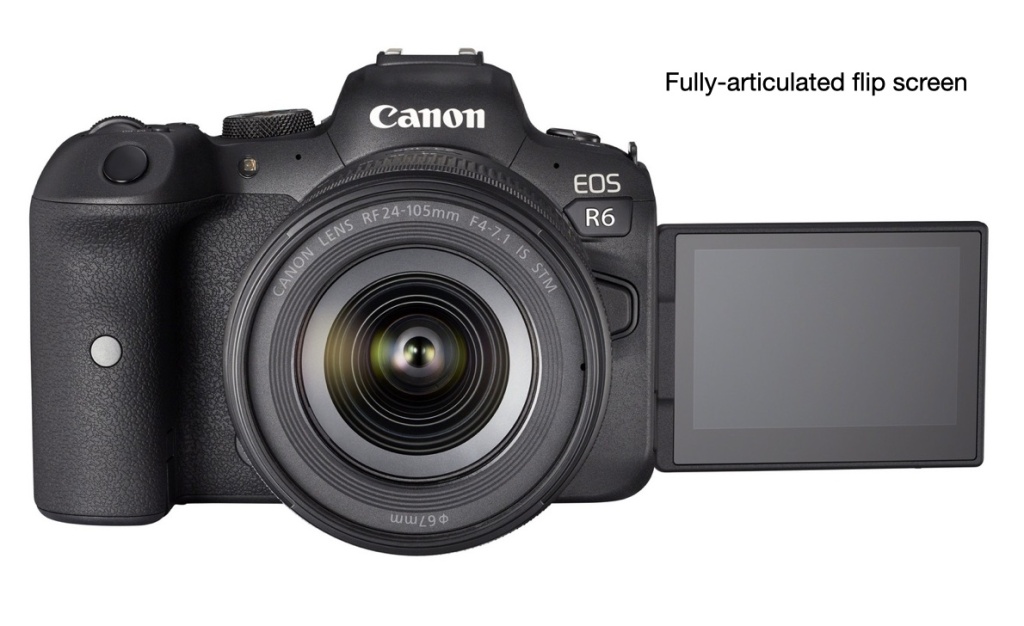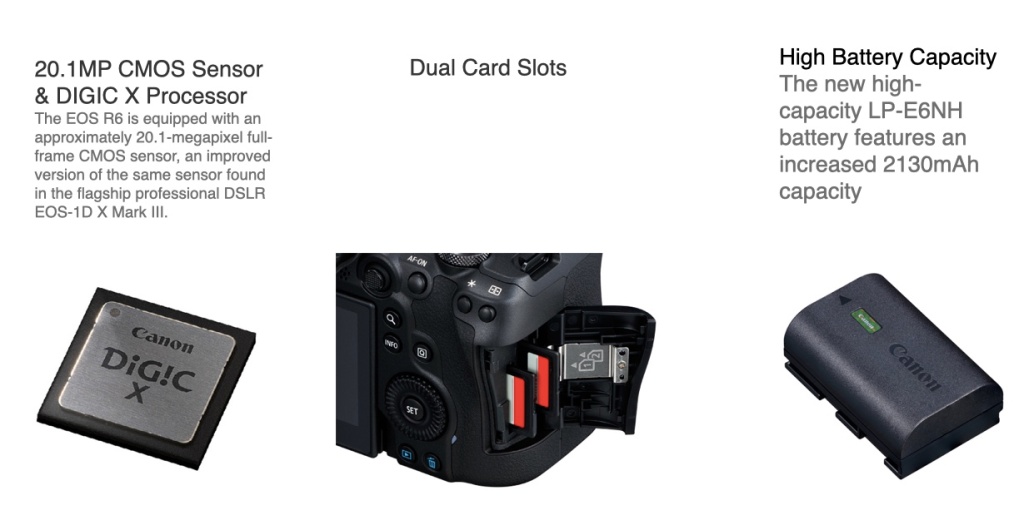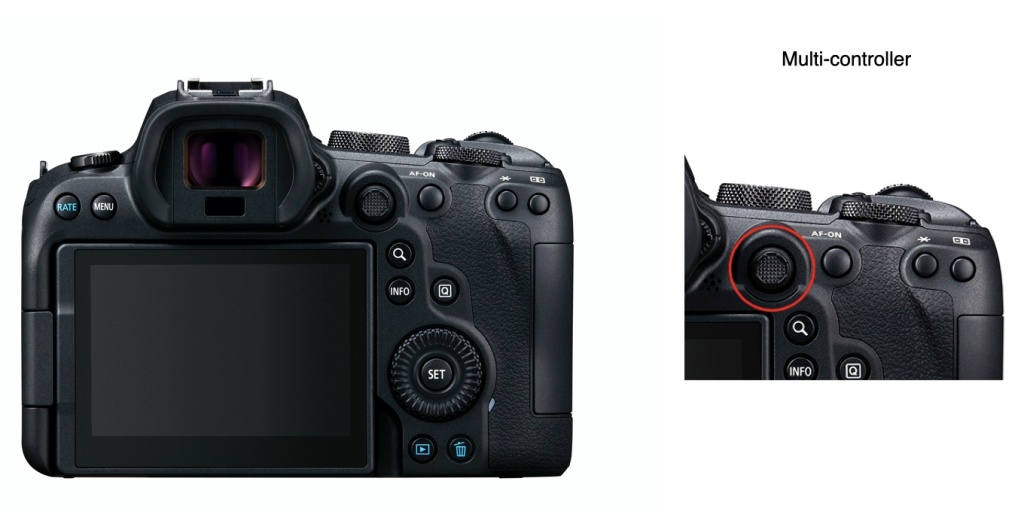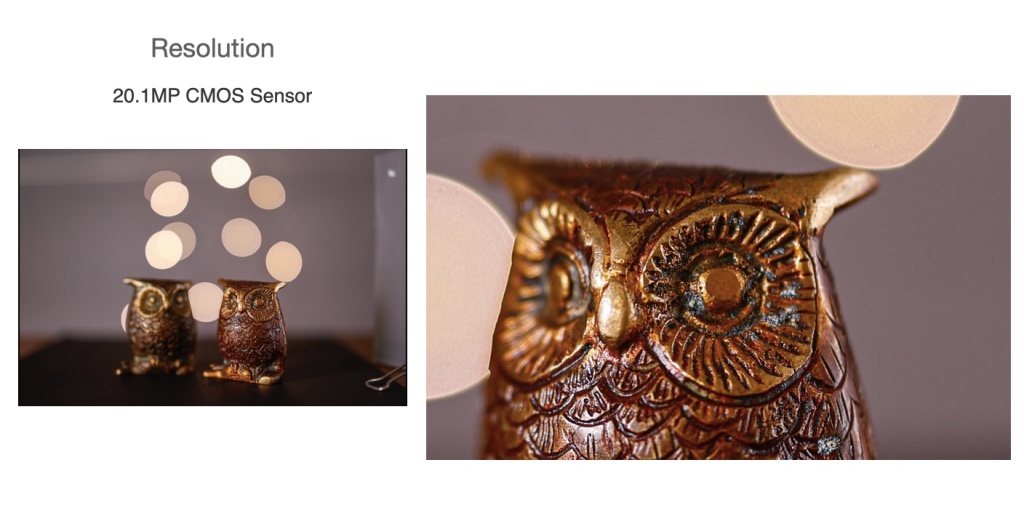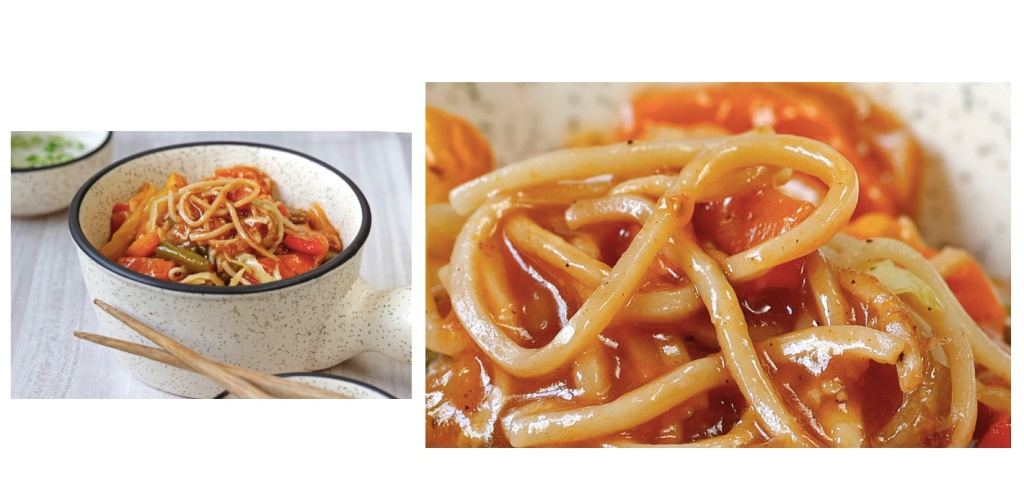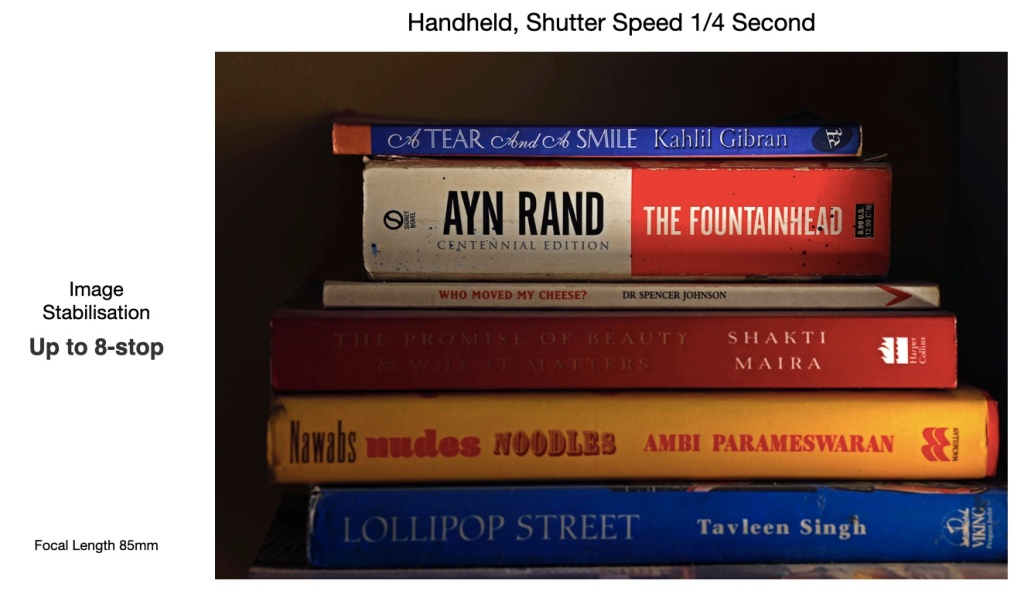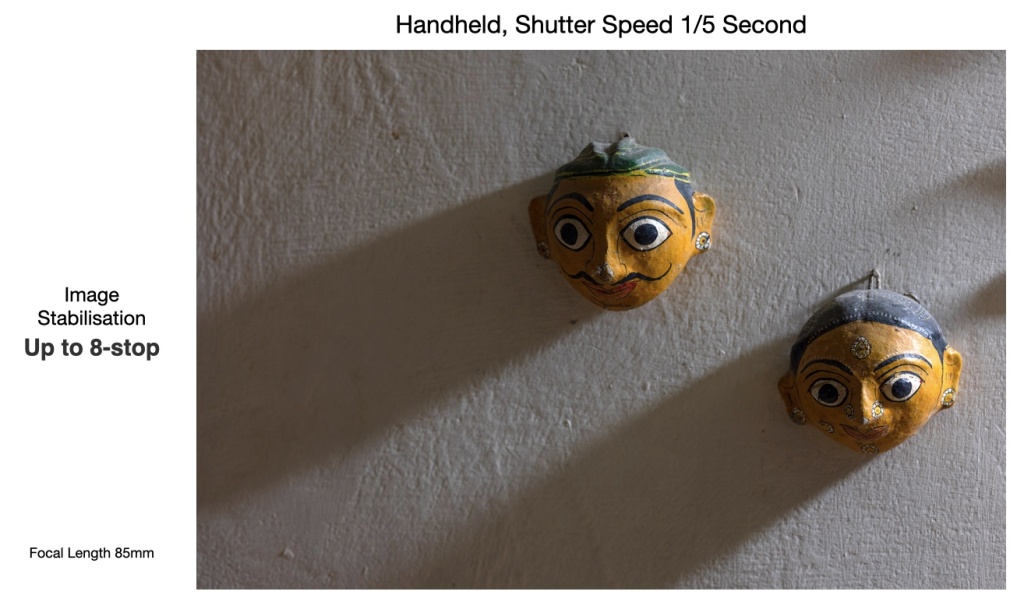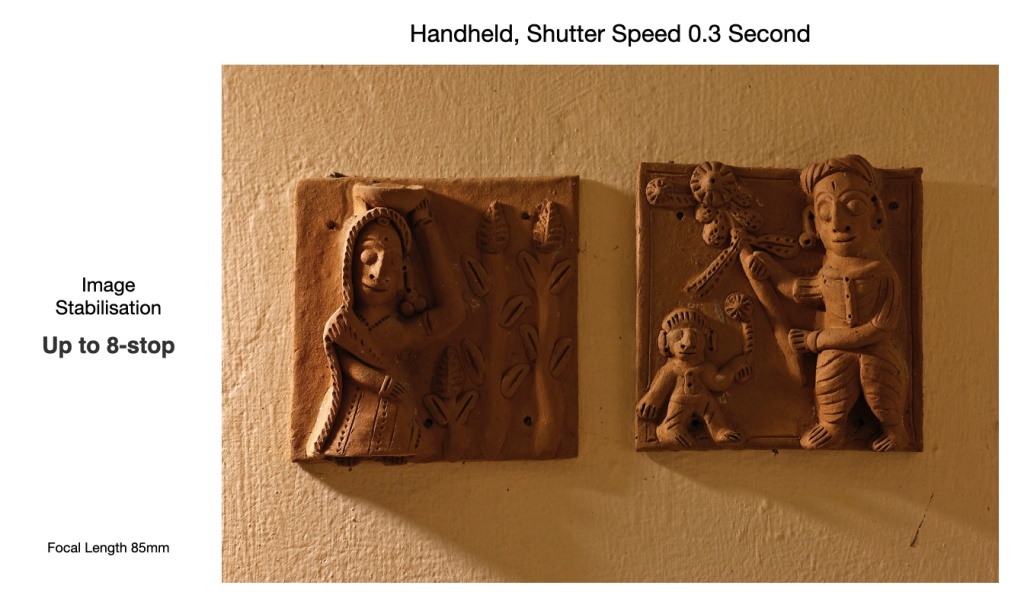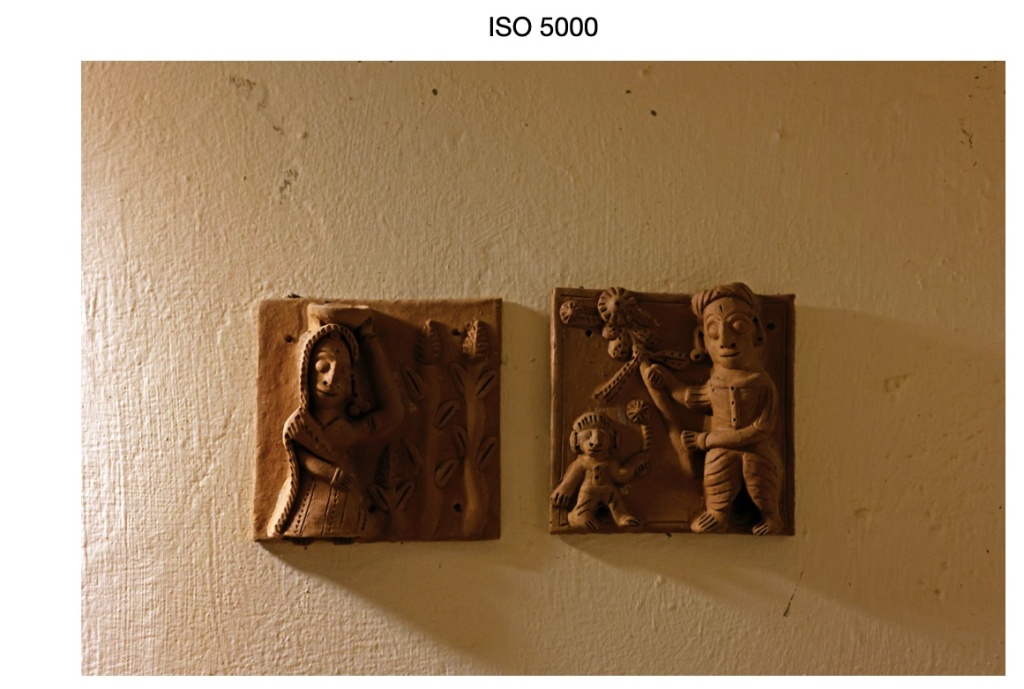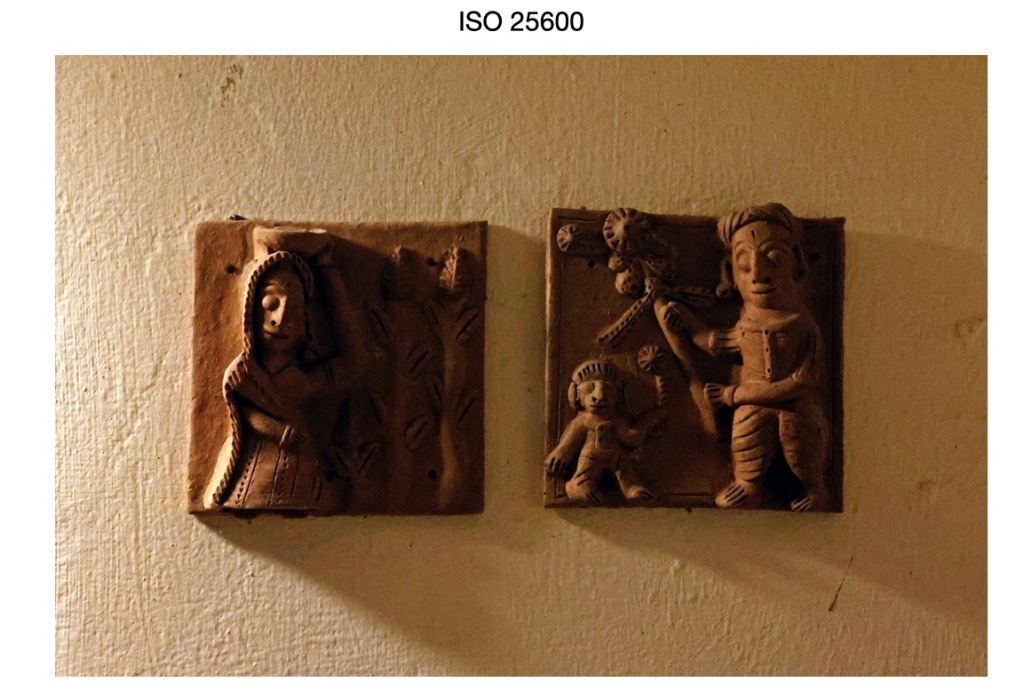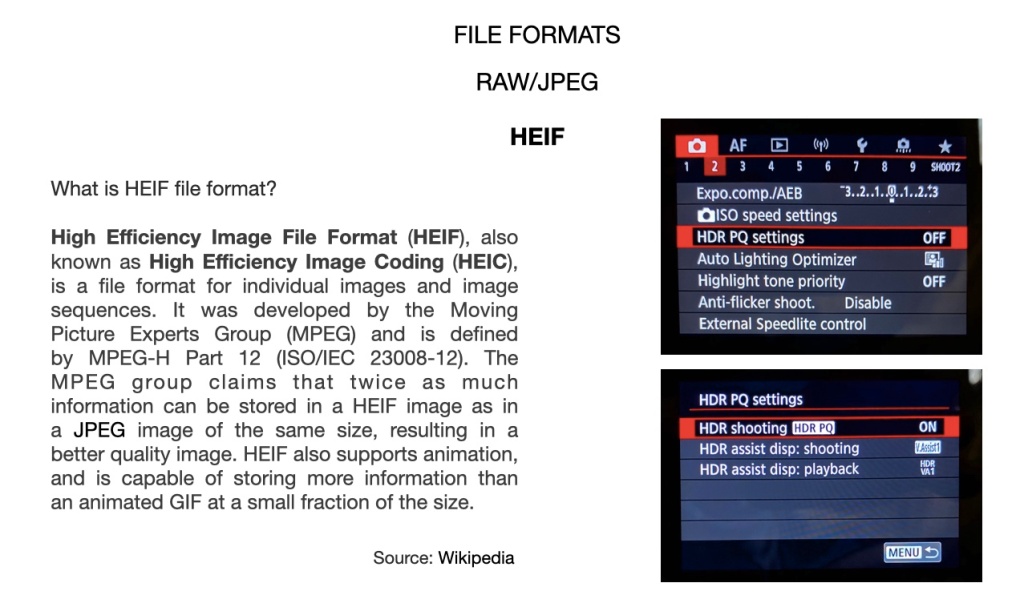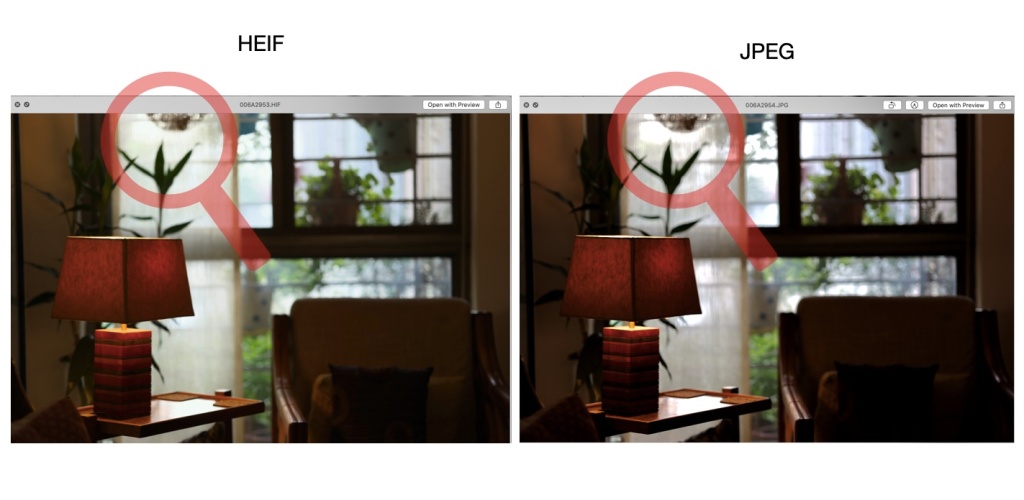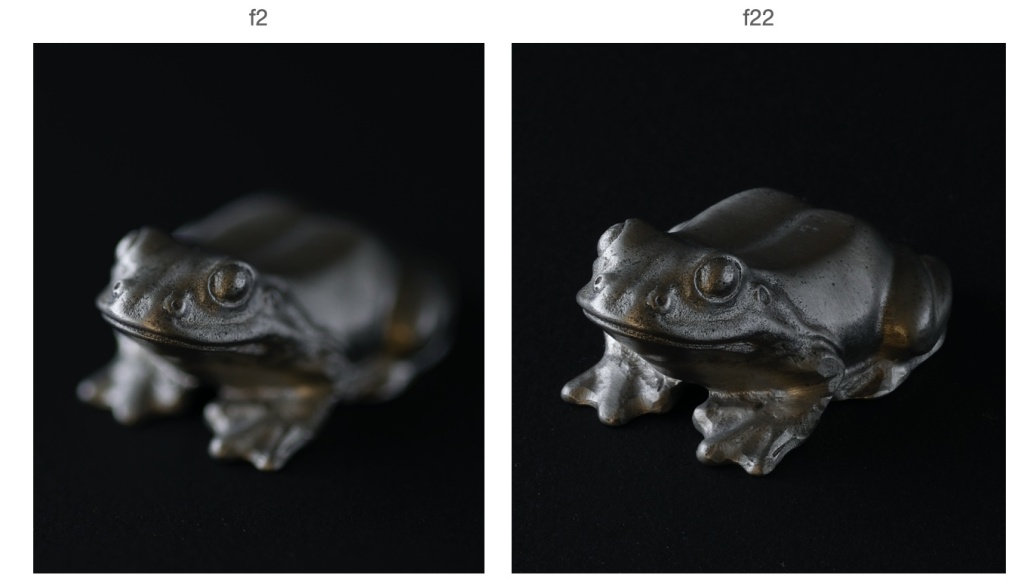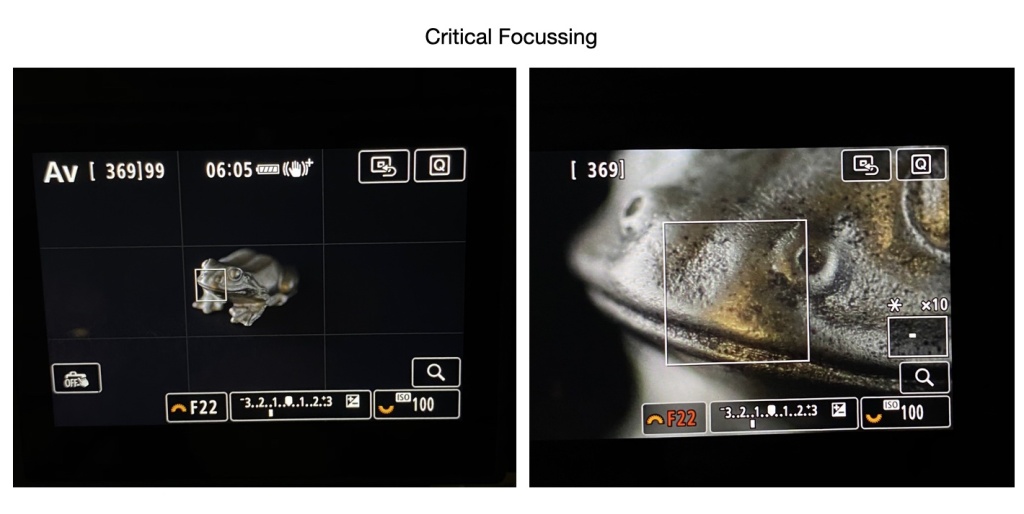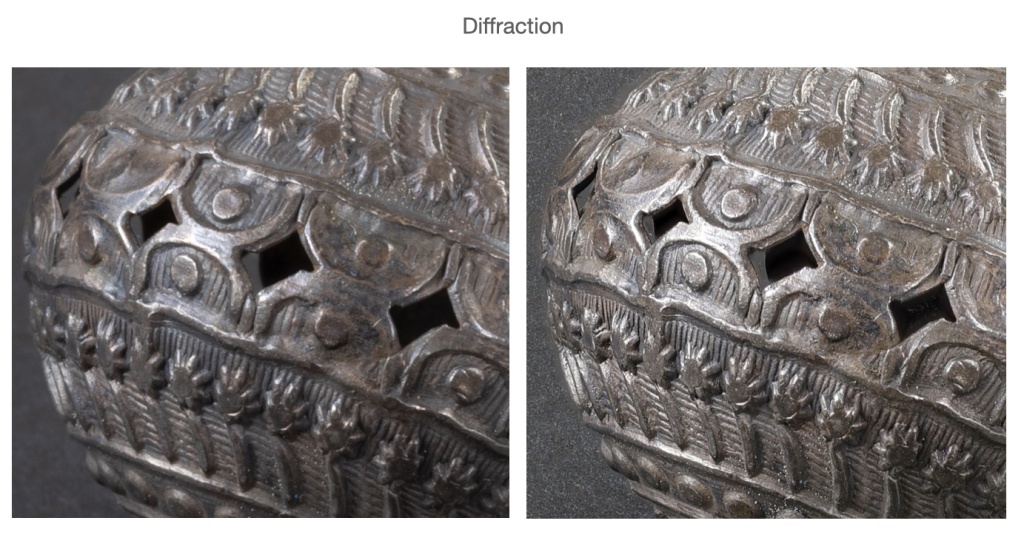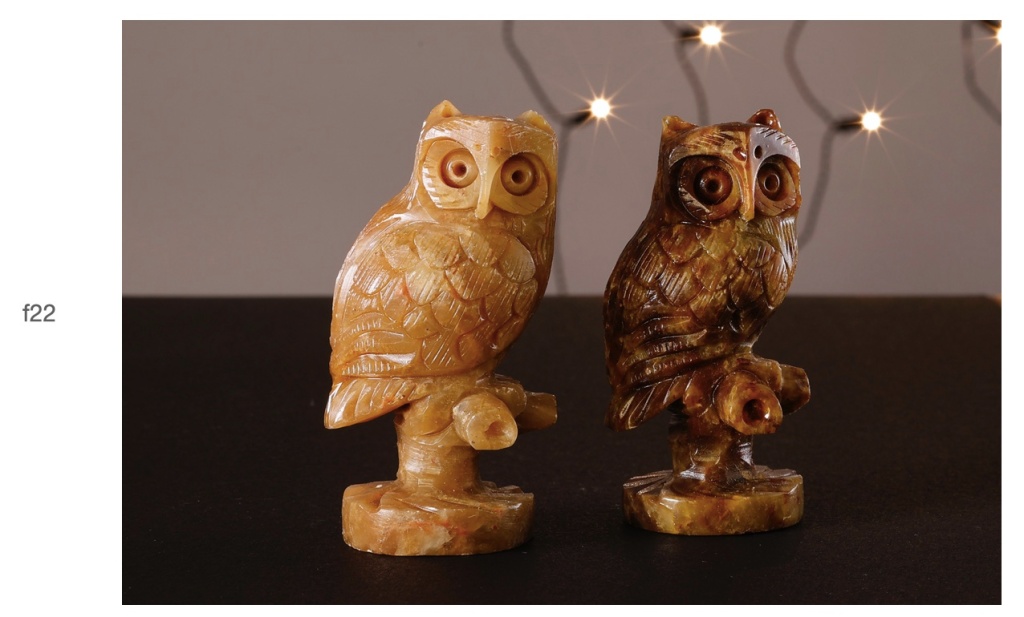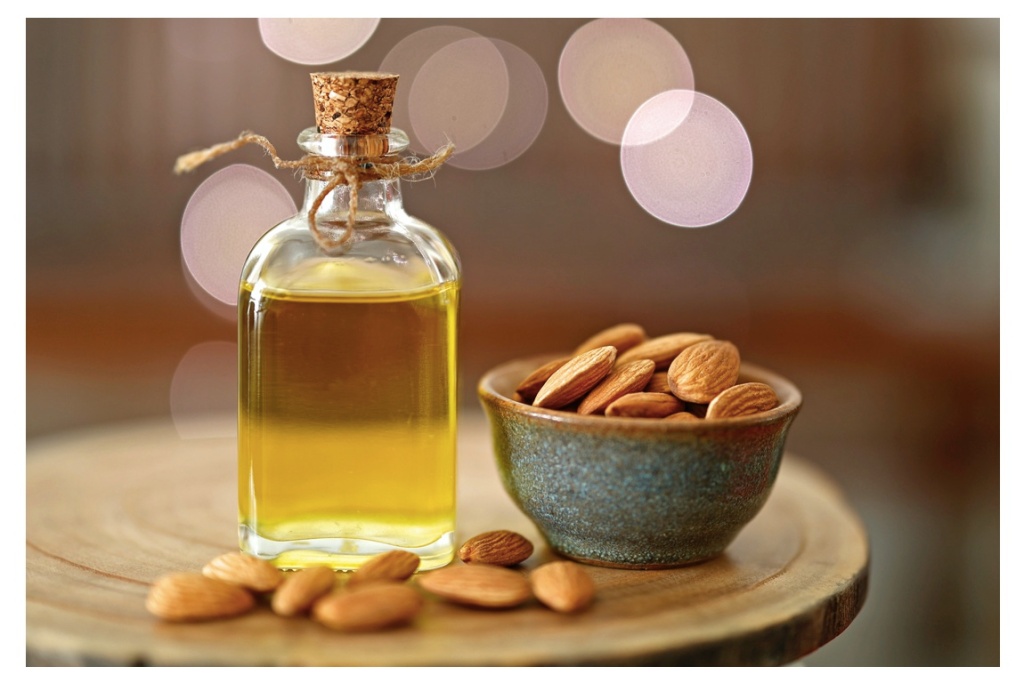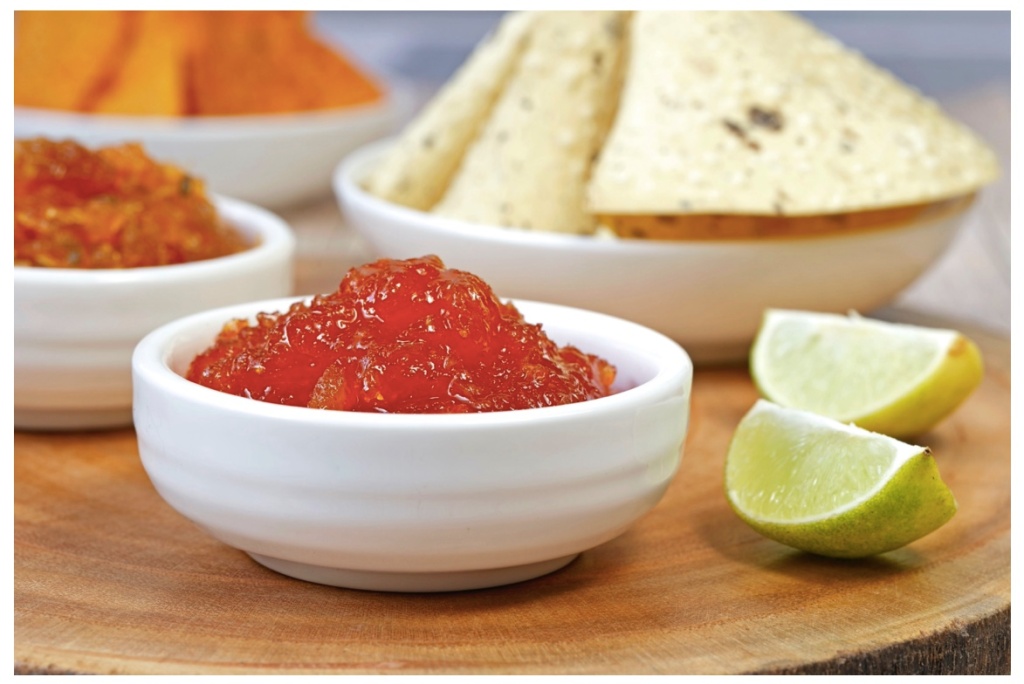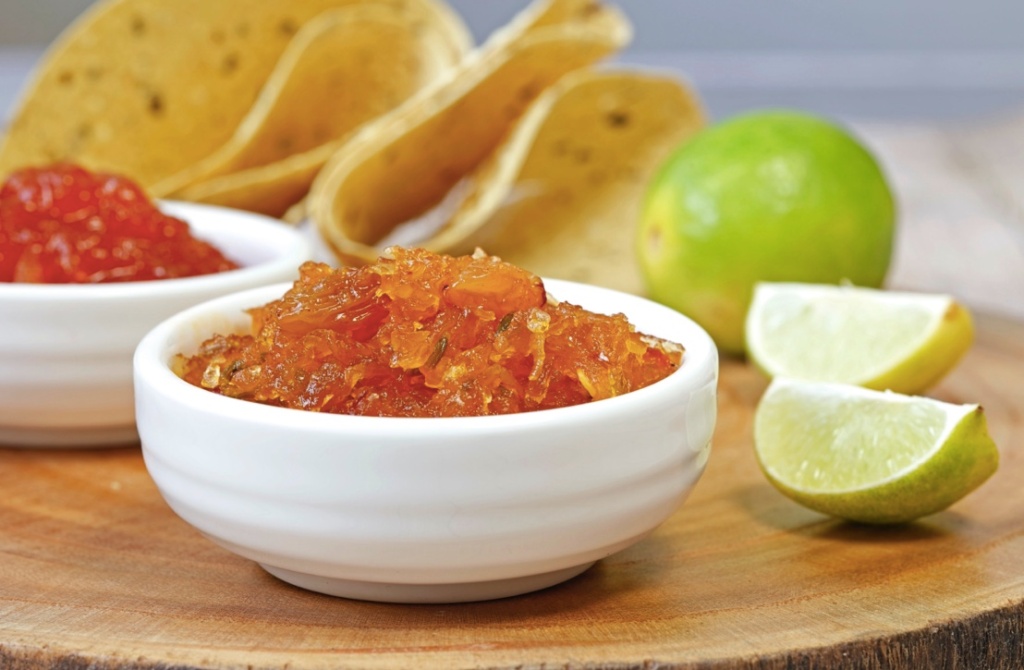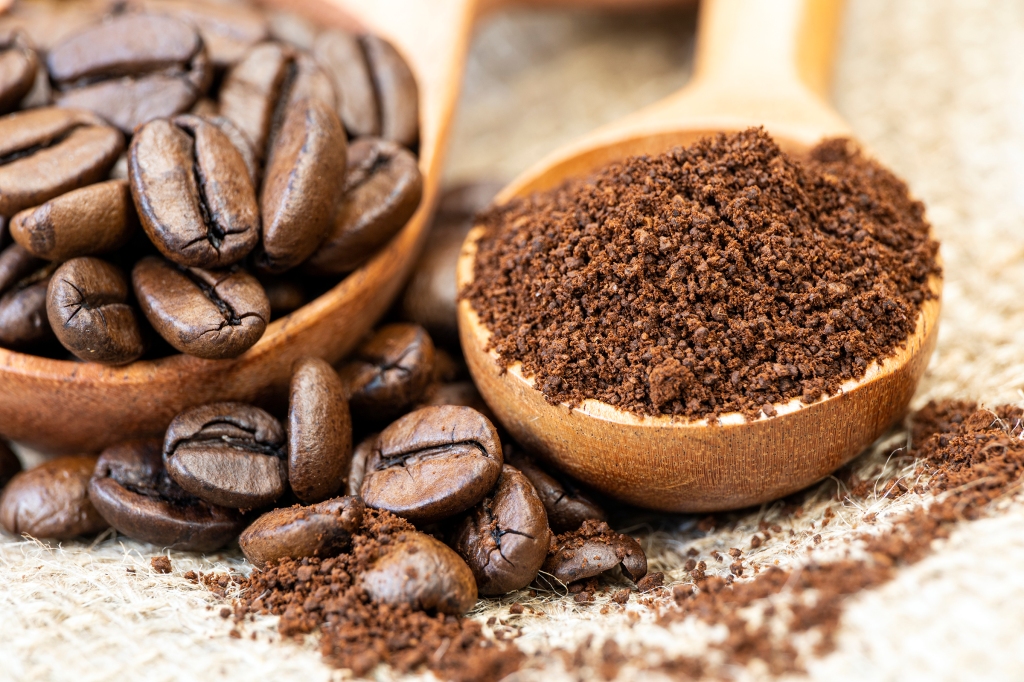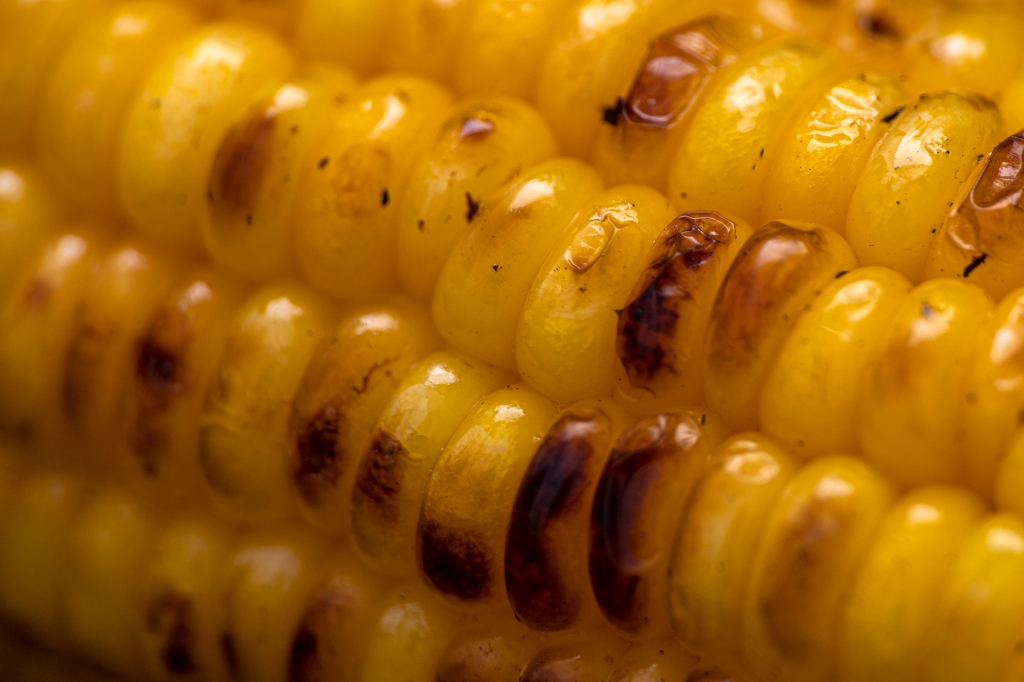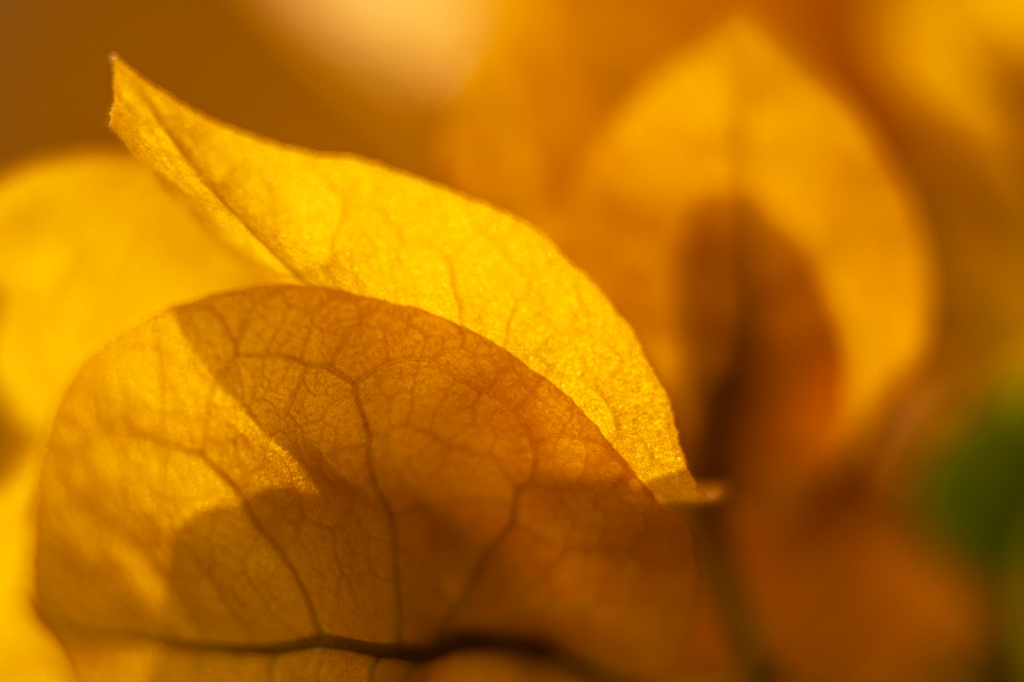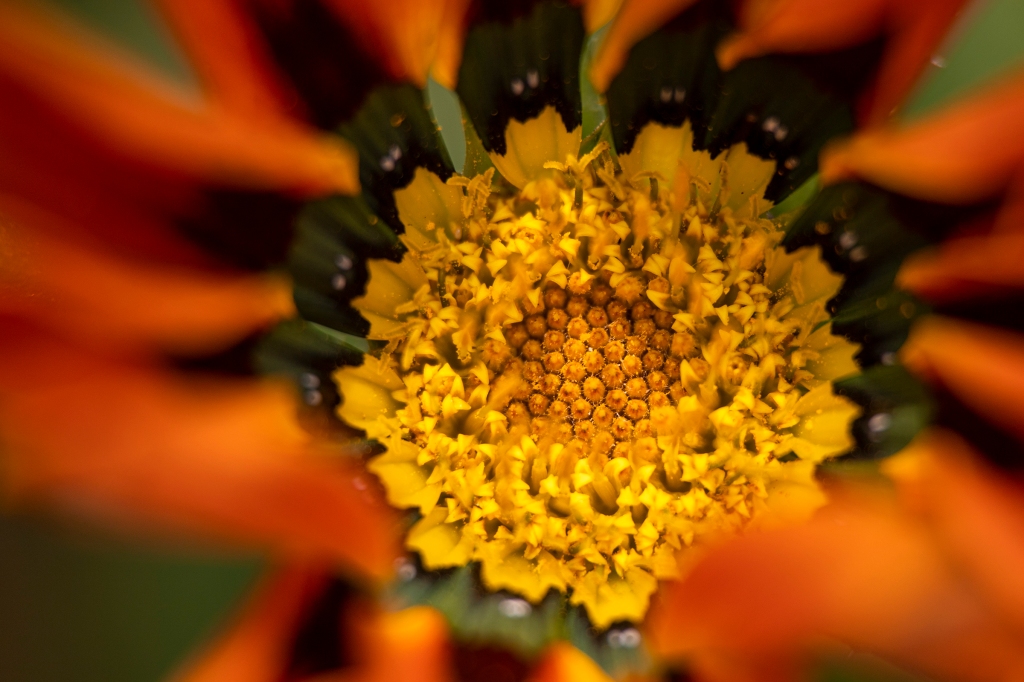Tags
art, art exhibition, Artworks, Black & White, Black & White Photography, black and white photography, Delhi Poetry Festival, Dolly Singh, exhibition, fine art, fine art photography, Lalit Kala Akademi, Lalit Kala Akademi New Delhi, light & shadow, light and shadow, Photo Book, photo-poetry, Photo-Poetry Book, Photography Book, photography exhibition, poem, poems, Poetry, Ravi Dhingra, Uma Nair
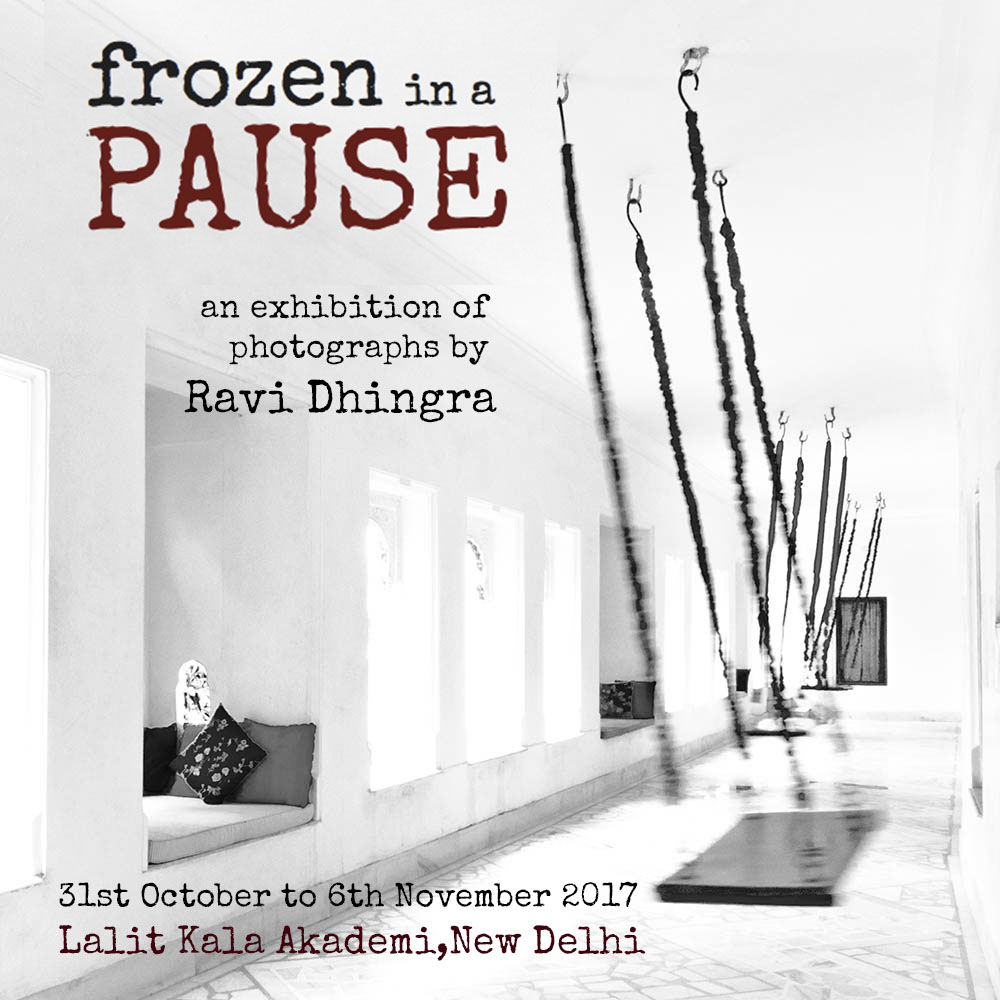
Between Shades and Shadows
To create a set of compositions in the grains of black of white realms is a rare and unique habit. In the world today photography has moved from its first inhibitions of influential international design movements. If Bauhaus gave us clean sculptural lines of buildings, Henri Cartier Bresson and Irving Penn and many others defined a period in which the look itself would become a signifier of urban modernity and of modern life.
Here in India the relics of S.Paul and Raghubir Singh give us contrasting studies to contemplate upon. Photography means different things to different people. For the commercial photographer Ravi Dhingra it is a kind of oasis when he takes off from assignments and goes in search of quiet corners and explores the shades and shadows of nooks and crannies to create a suite of works that are at once limpid notes on a dulcet tranquil tapestry of time.
Perhaps at the end of the day, it all depends on one’s personality. If you prefer to have more of a goal, structure, and pattern– then working in a project-based mindset may be advantageous to you. However if you consider yourself more of a free spirit and don’t like to work feeling restrained- the natural way of just reacting to what you see may be better for you.
These images are not about the portraits or moods of people but they are about manifestations of people, it’s the things/spaces that are created by people that become subjects of Ravi’s vision.
So when Ravi steps out or into interior spaces he does not just focus all his attention and energy to people. Rather, he looks for elements that might juxtapose each other and make statements about society. This can be manifested through objects of things you find on the ground, urban landscapes, and other messages he might find.
For someone who shoots most of his commercial assignments in colour when asked about his penchant for black and white Ravi states: ” We are surrounded by colours, everything around us is colourful which at times makes our visual experience a bit monotonous. The absence of colours in an image helps in breaking the monotony, the boredom. Colour photographs are too obvious, whereas monochrome ones provide a different perspective with each colour depicting a different shade of grey.”
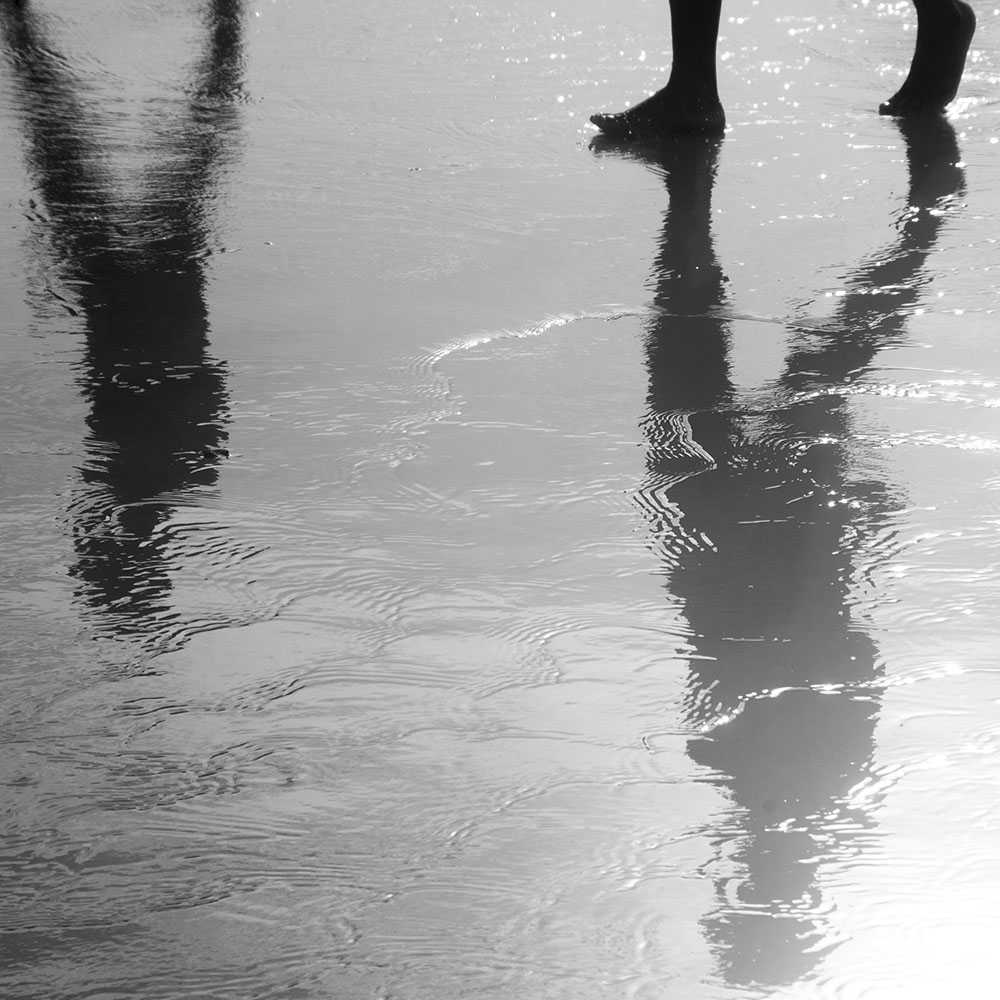
Light and Shadow
The act of seeing is at the heart of his language of images. The window is as much a sentinel as the chair that is merely throwing its shadow against a wall. The dancers moving in synchronized rhythm as vital as the pigeons that sit or fly off the wall of the ruins of a fort. The puddles and dark silhouettes of human form as brisk as the silhouette of the wrought iron chair that stands in front of the shutter. Light becomes the fulcrum around which he captures his compositions.In his quest for light and shadow Ravi looks for a visual experience.
Each image tells a story, that starts with a single scene: its like a brief, imagined film clip unspooling through projector light and developing into a story on the screen of his brain. That unfolding scene often begins with an object or image Ravi is drawn to and had captured within and without. I am reminded of the great architect Louis Kahn who presented a treatise on light. It was the central element in Kahn´s philosophy because he regarded it as a “giver of all presences”: “All material in nature, the mountains and the streams and the air and we, are made of Light which has been spent, and this crumpled mass called material casts a shadow, and the shadow belongs to Light.” For Kahn light is the maker of material, and material’s purpose is to cast a shadow.
As identified by Leonardo da Vinci, we often encounter three types of shadows: Attached shadow, shading and cast shadow. The attached shadow falls on the body itself – like a cantilever roof causing a shadow on the façade. The second type belongs to bright and dark contrasts, which are inherent to the form and depend only on the source of light, e.g. a ball shaped pavilion, which even under a cast sky shows a darker zone in the lower part. The third, cast shadow, could be the result of a high house generating shadow on the street due to the projection of the building outline. These images personify the passion that Dhingra has when he shoots his compositions in the right inclinations of sunlight.
Ravi presents his own rumination on light.
” Some chase light but I prefer to chase shadows. Shadows create volume, add another dimension, and this interplay of light and shadows can make an ordinary object look extraordinary in the photographs. It is all about using the available light for lighting the subject to create shadows.”

Time of day
Indeed when you look at these images its as if the photographer is out to explore the secrets of shadows during different times of day. Only when you study light in the context of gradations of light and dark do you learn that the dark shadow is a natural part of light, interestingly Ravi never attempts a pure dark space for a formal effect. For him, a glimpse of light elucidates the level of darkness. A good composition in the tones of light and dark should be read like a harmony of spaces in light.
Ravi elucidates: More than the time of day, the desired effect in a photograph is more relevant , a high contrast image will need bright afternoon sunlight whereas early morning or late evening Sun will help in getting long and soft shadows. I also work a lot with light coming through windows, doors and other openings which give a different glow according to the time of the day.”
Between the debates and descriptions of light and dark zones we know that even a space intended to be dark should have just enough light from some mysterious opening to tell us how dark it really is. Each space must be defined by its structure and the character of its natural light. As a result, the light as a source is often hidden behind secondary walls, thus concentrating attention on the effect of the light and not on its origin.
The “mysteriousness” of shadow in photography is also closely linked to evoking silence and awe. For in a composition while darkness evokes the uncertainty of not being able to see, it also inspires deep mystery. Then it is in the hands of the photographer to capture compositions that evoke silence, secret or drama with light and shadow – to create a “treasury of shadows.”
When asked about his thoughts on the power of composition and its impact Ravi provides his insight. ” Composition is the art of photography and very subjective and there are certain laid out rules also for composition. For me simplicity in the frame is the key, I generally avoid including too many elements, a straight forward approach works for me. A balance between various elements is very important in a photograph, the process of inclusion and exclusion help in maintaining the right proportions.”
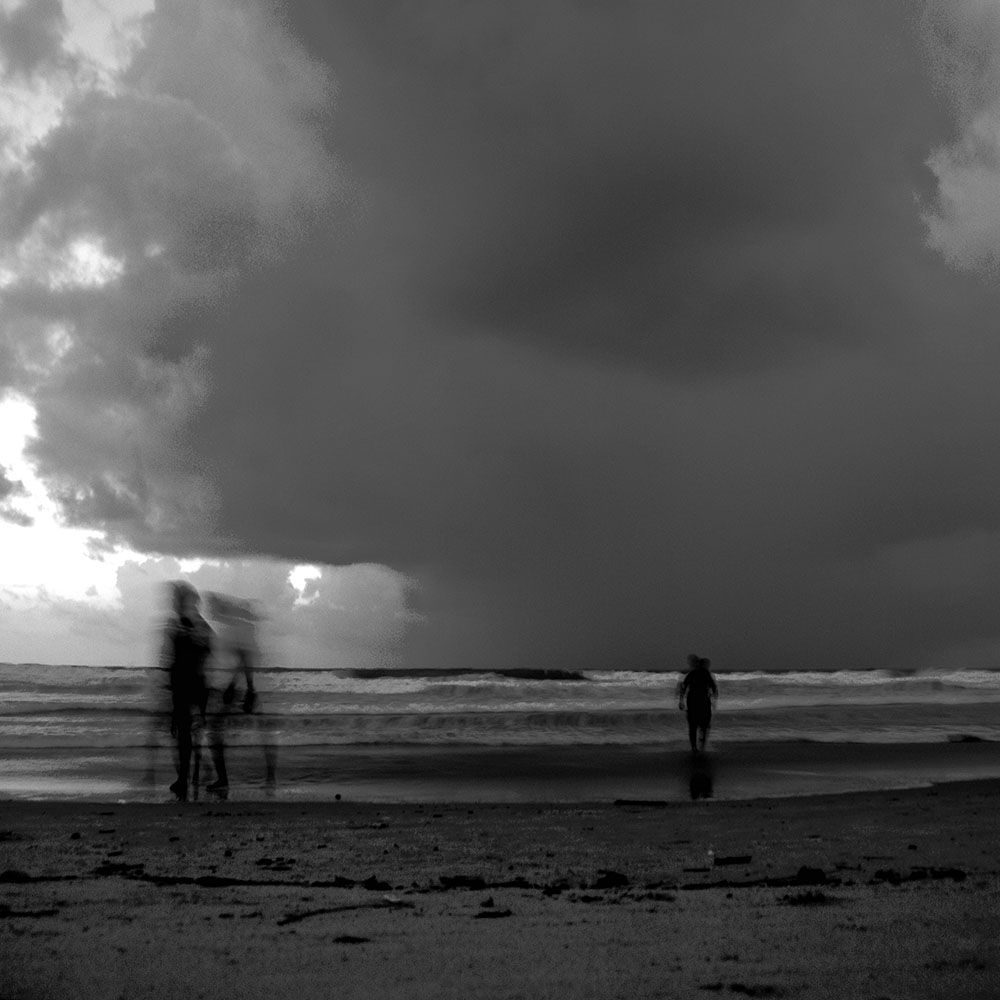
In an age where cellphone photography has inundated all visual culture and everyone is trigger happy it isn’t always easy to find a formal set of works. This collection belongs to that category.
Ravi adds his perspective. ” Photography is much more democratic now in the cellphone age and technically these smartphone camera produce decent images. This has made photography more challenging, to create a photograph which not only is good but also different is a tough task.There is nothing called good or bad photograph, it is all about interesting or boring photograph. The viewer’s attention will still go to a visual which is different from others and yet effective in getting the story across.”
Ravi admires the works of Raghu Rai & Rafique Sayed and finds inspiration from their oeuvre. Among International names Yousuf Karsh is one of his favourites besides the historian and epic colossus of human studies the invincible Sebastio Salgado.
Critical essay by Uma Nair, Art Critic & Curator
The book is available online on Amazon and Flipkart
Click here to order Frozen In A Pause
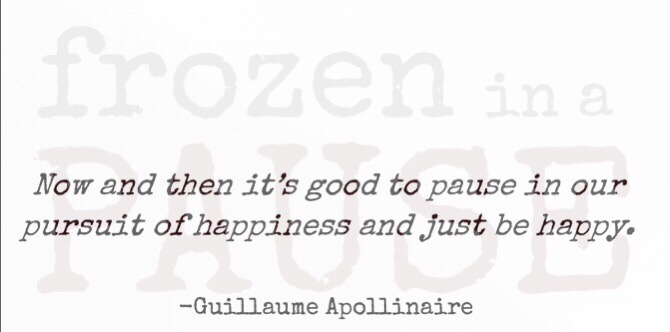
Buy artworks online at Mojarto

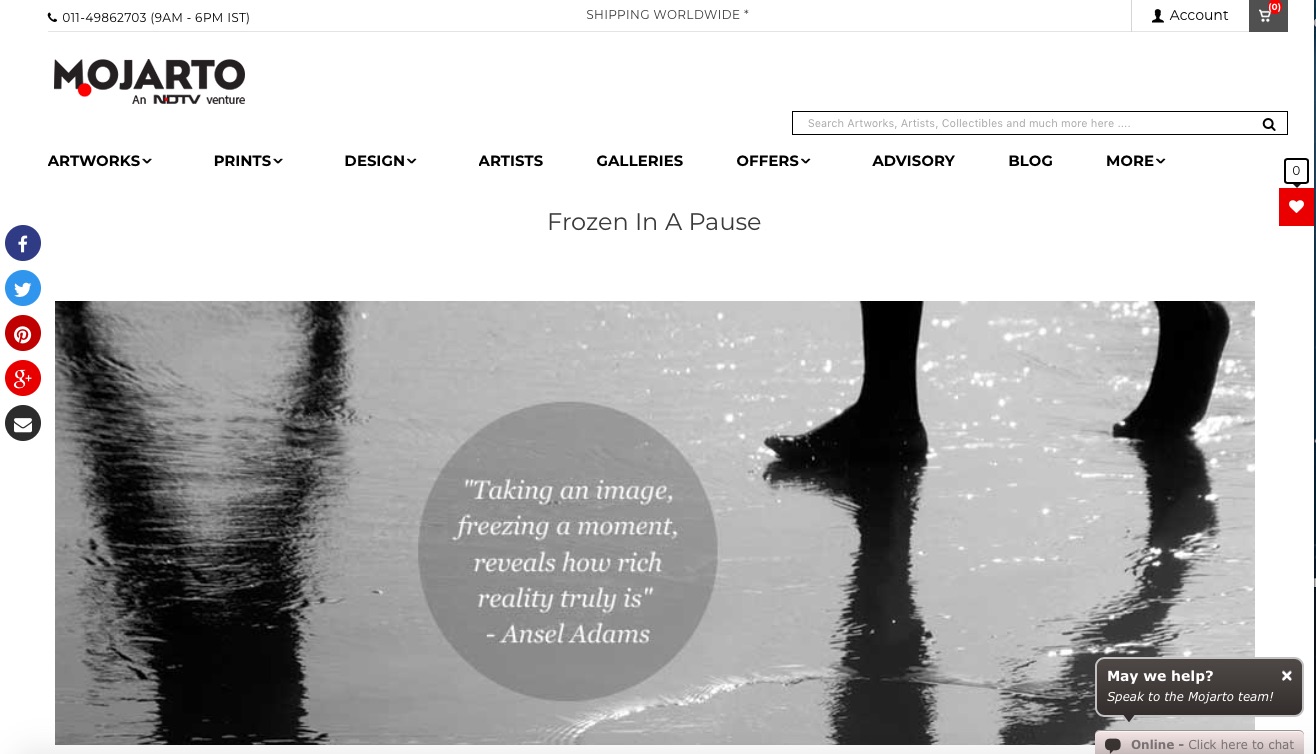
Coverage in Hindustan Times, HT City, 25th October 2017. Click here to read
Click here to view the video by Art Explore
Coverage in Millennium Post 6th November 2017. Click here to read
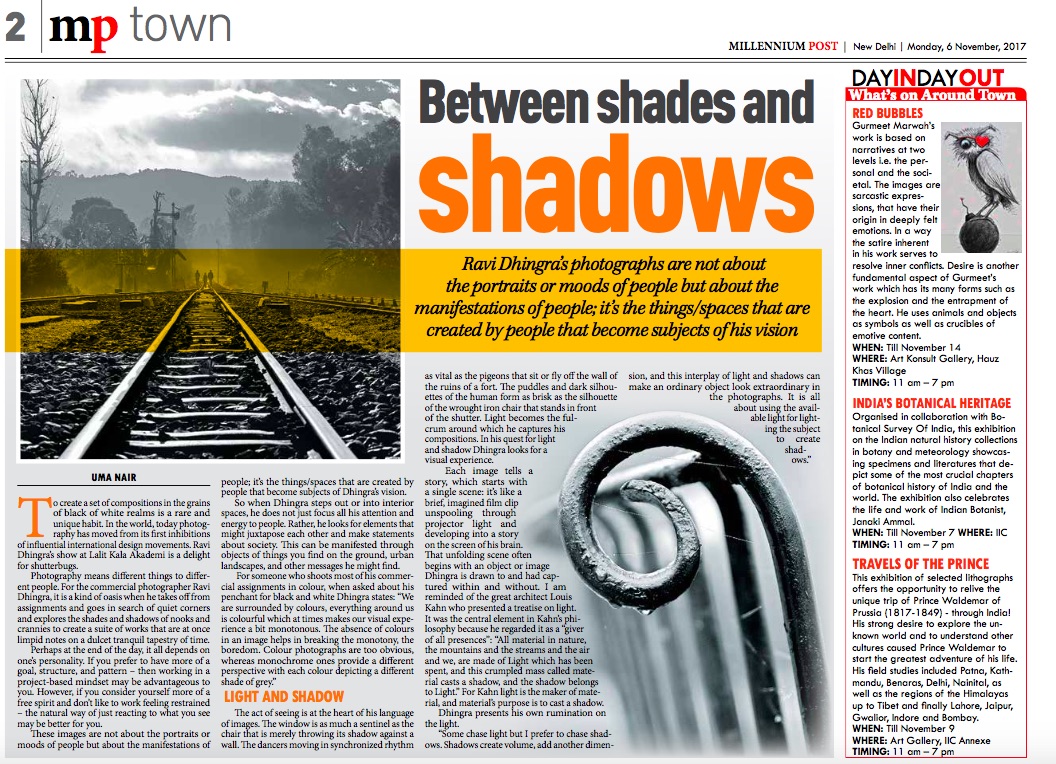
Coverage in The Asian Age dated 9th November 2017. Click here to read the article:
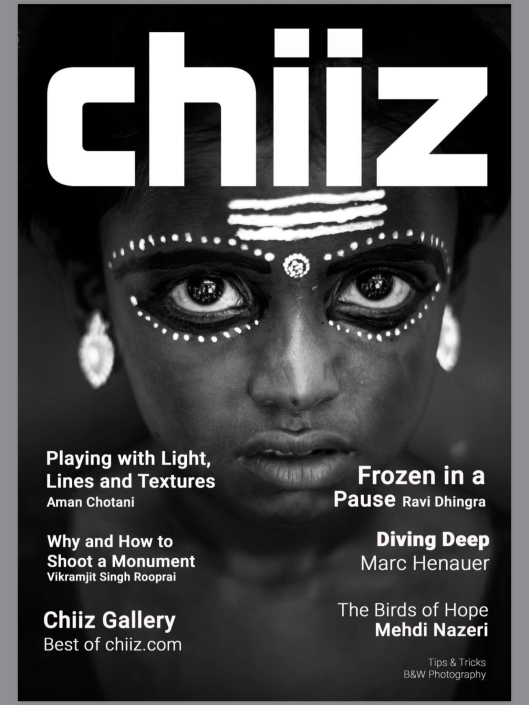
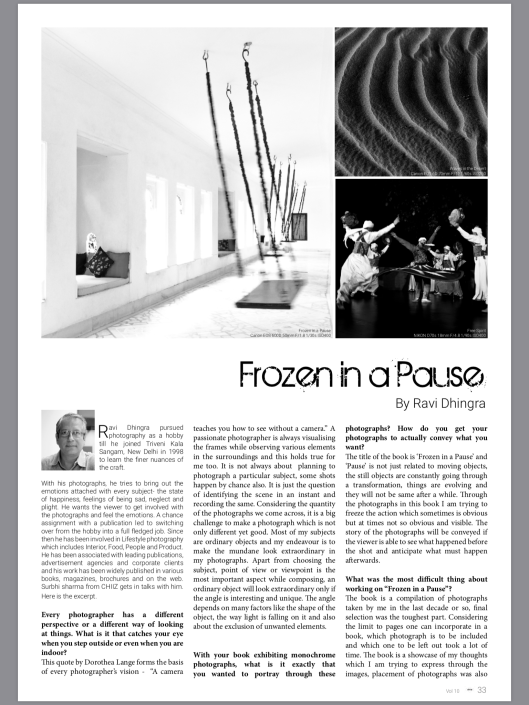
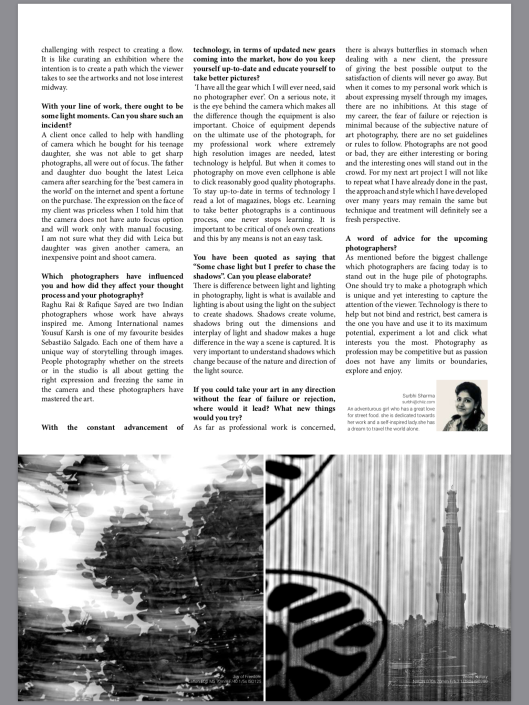
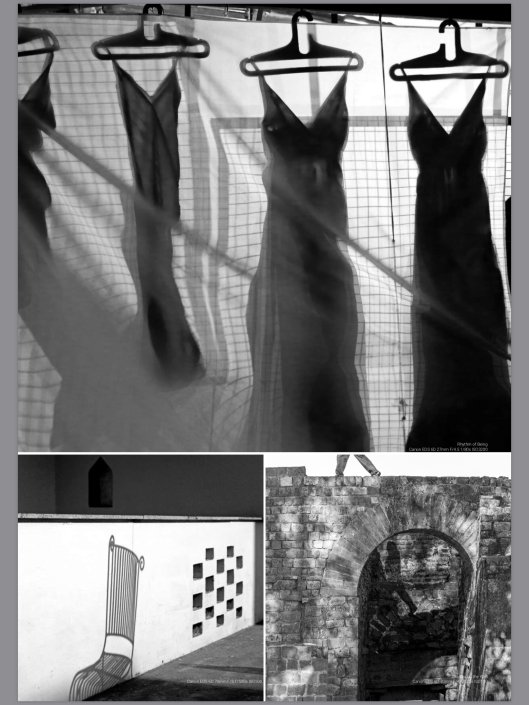
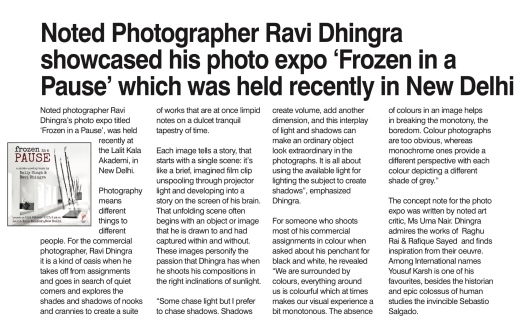
Photographs from the Exhibition Opening & Book Launch on 31st October 2017

